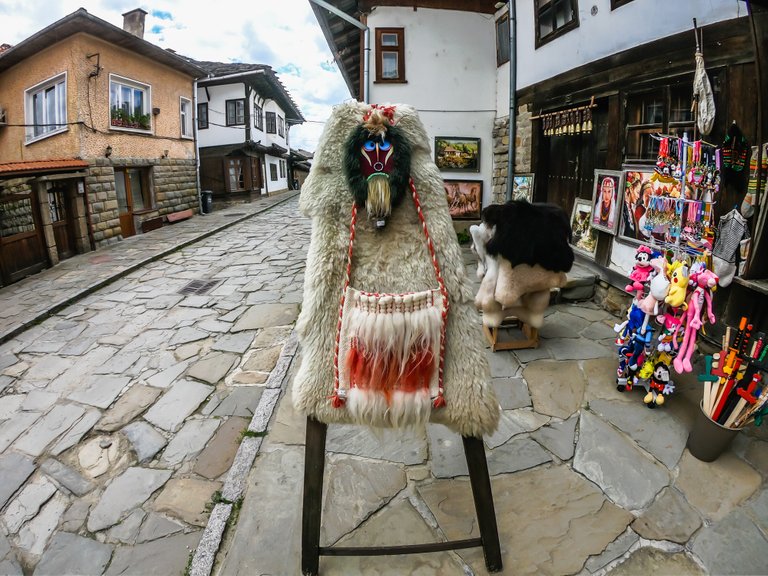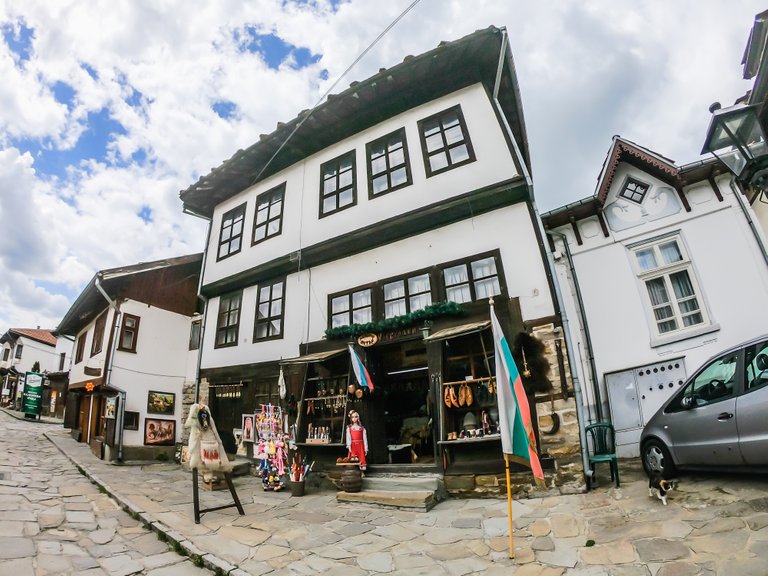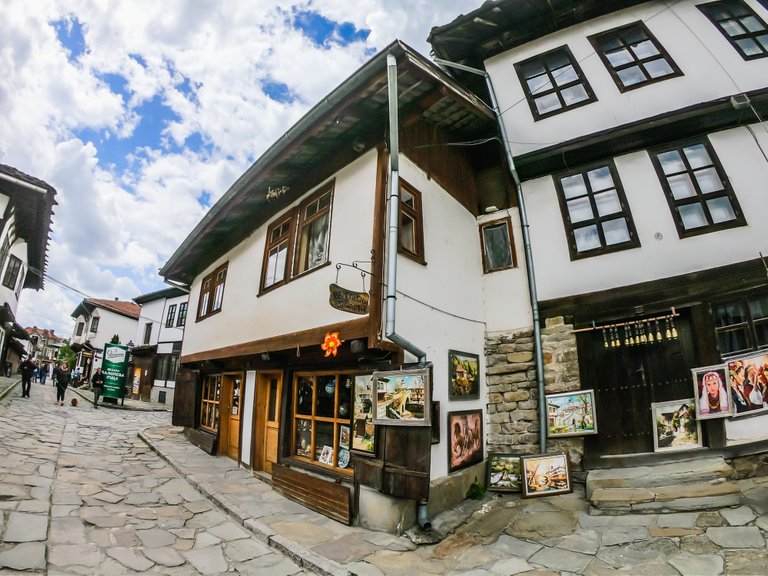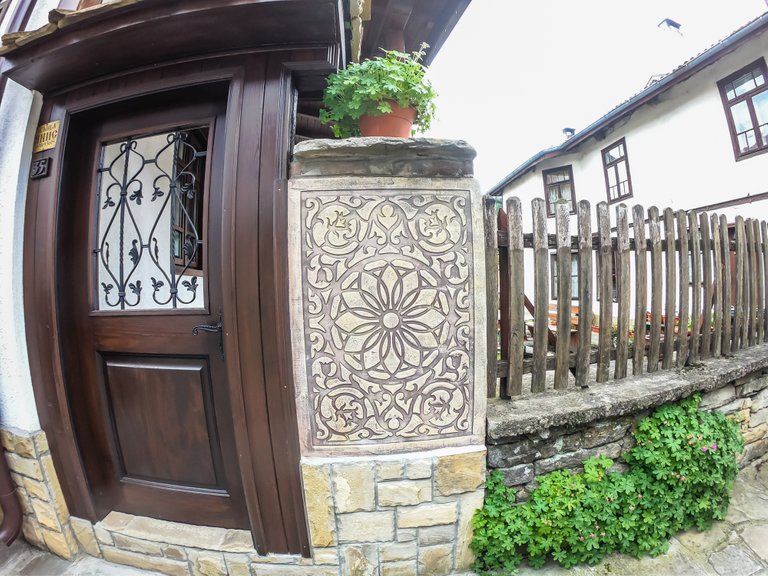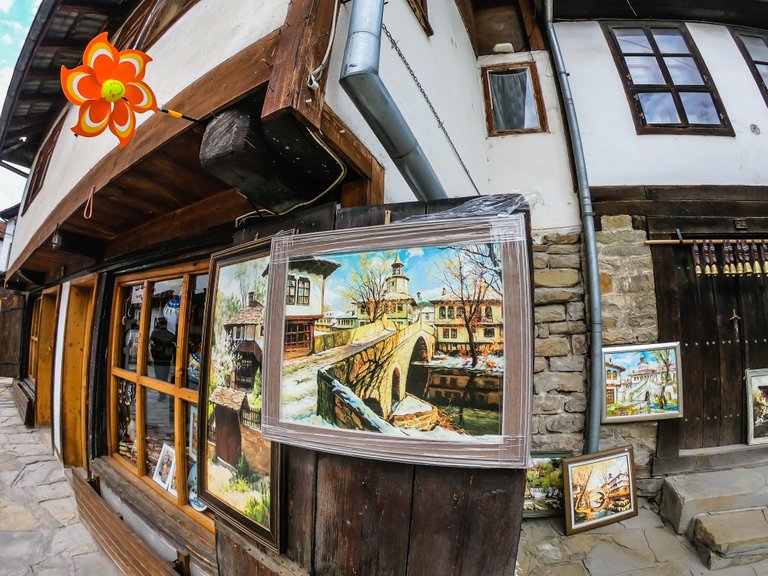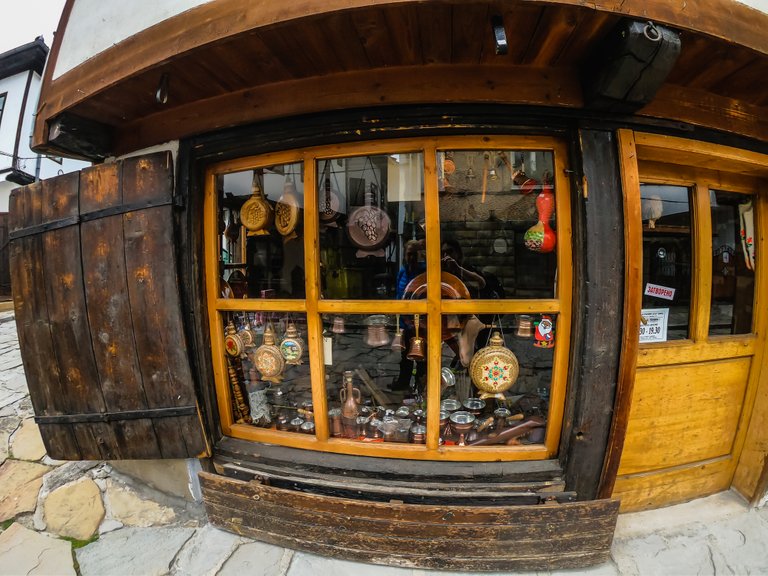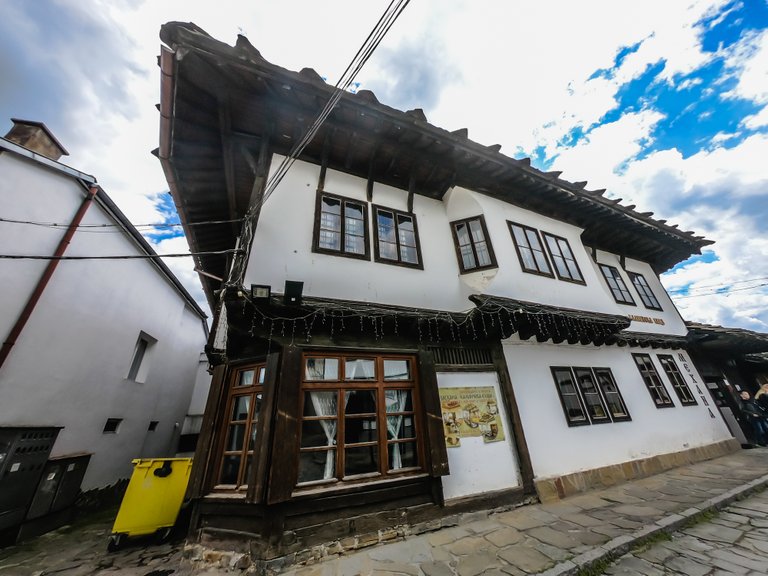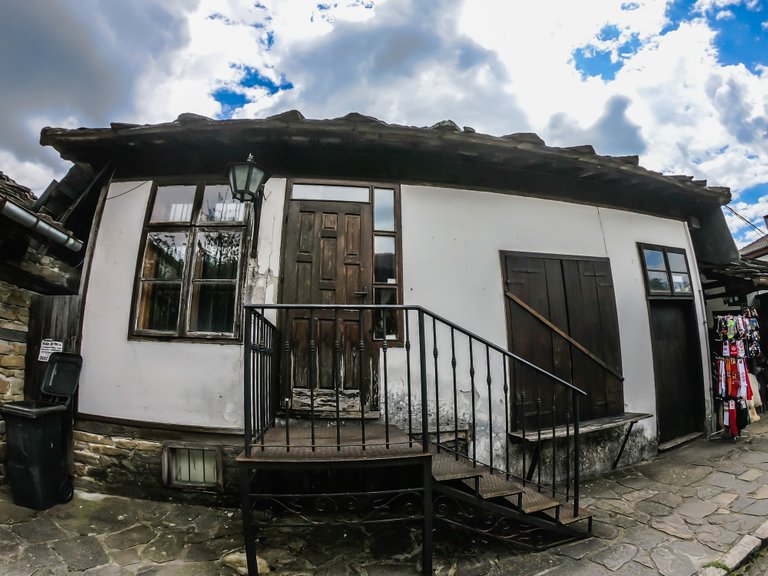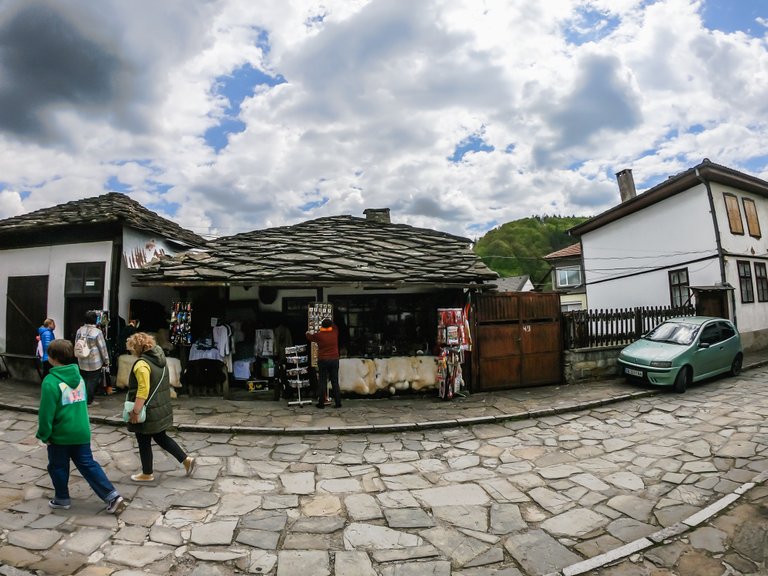
A few days ago, my friends and I took a great walk in the small Renaissance town Tryavna, located at the foot of Stara Planina. A real little treasure that has preserved the culture and history of Bulgaria over the years. Rich in museums and cultural attractions, revealing the talent of Bulgarian masters.
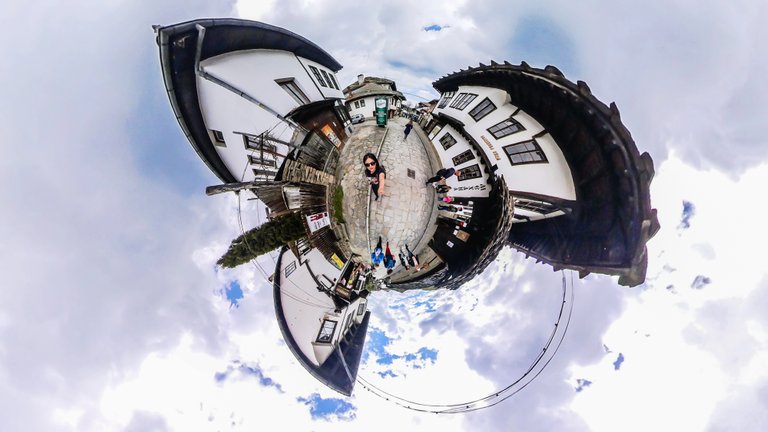
We traveled from Bulgarka National Park. We stopped the car in a small square next to the city station.

There was a garden with wonderful varieties of tulips in various colors.

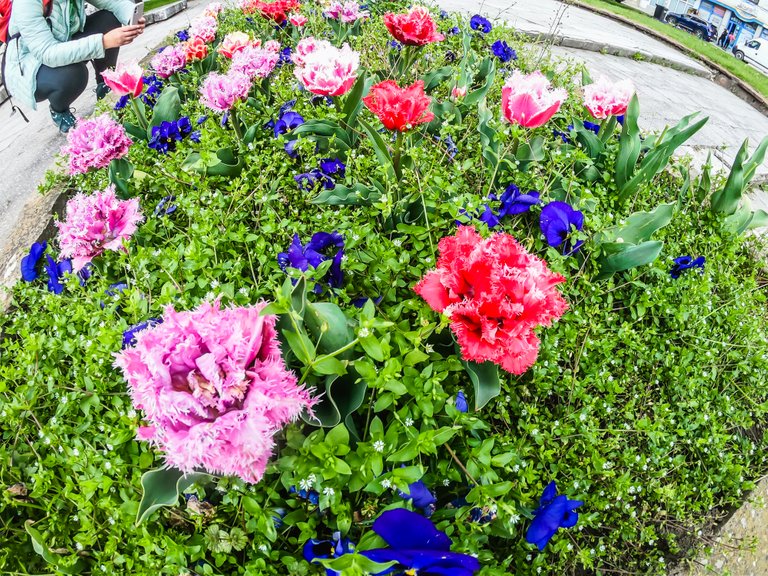
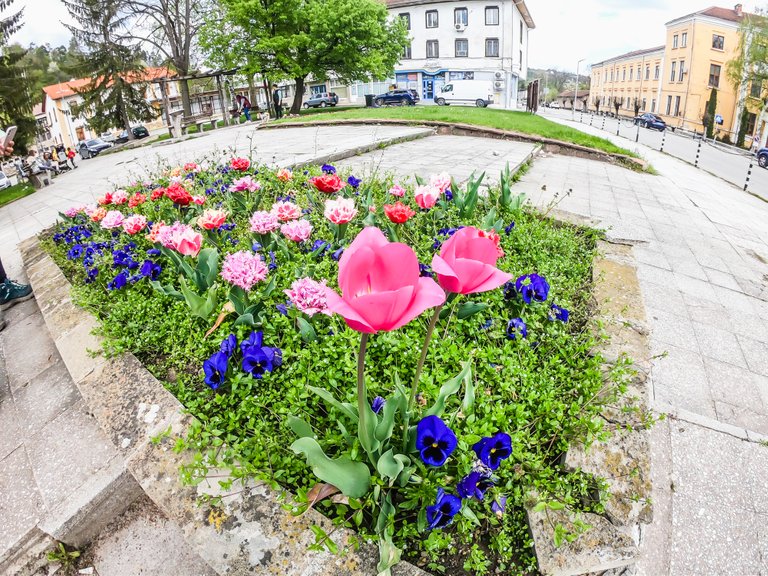
We went to the "Lower neighborhood of the city", where the church of "St. George", which is a "three-aisled, single-apsed pseudo-basilica".
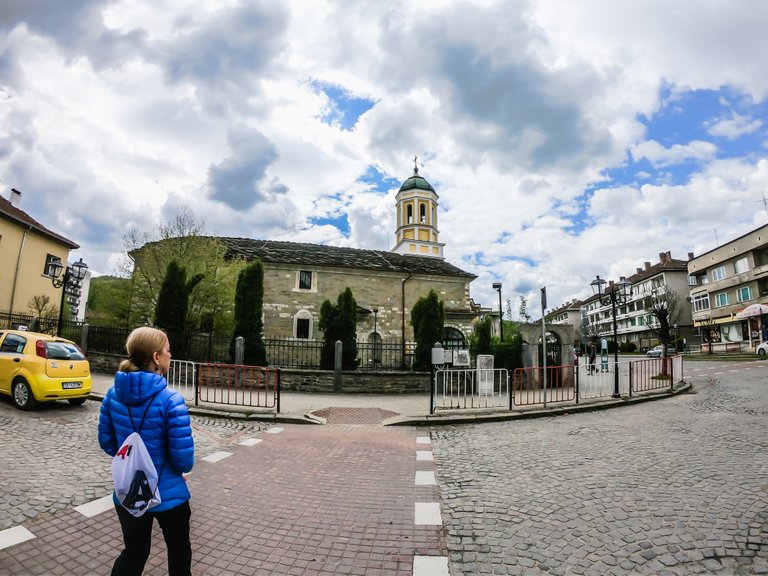
"It was built in the period 1848 - 1852 by master craftsman Dimitar Sergiuv."
sourse: tryavna.org
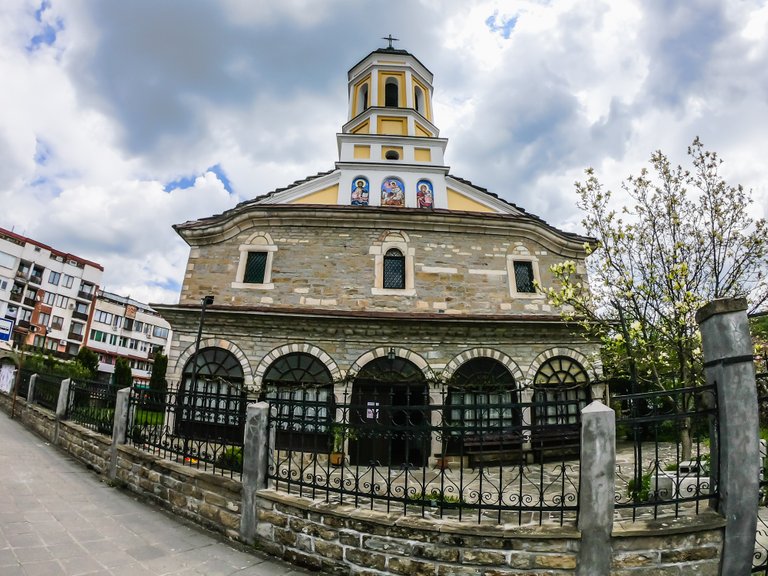
We crossed a wide bridge over the Trevnenska River, which ended at a roundabout.
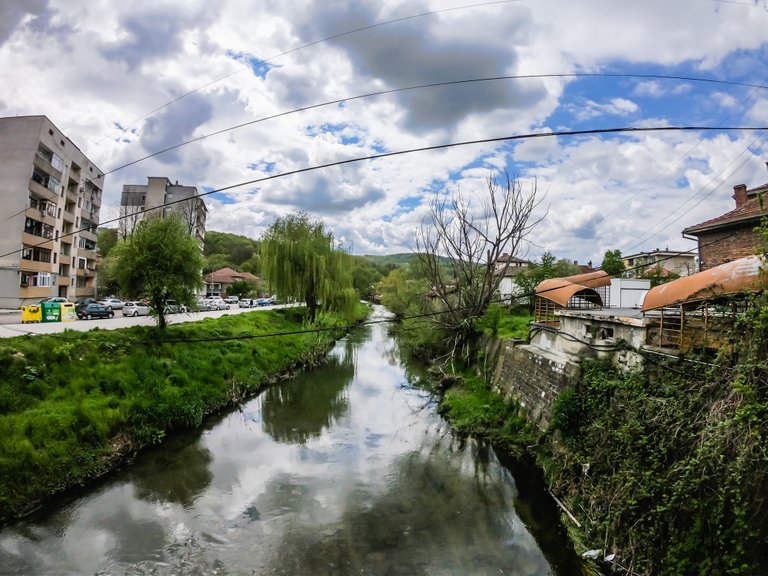
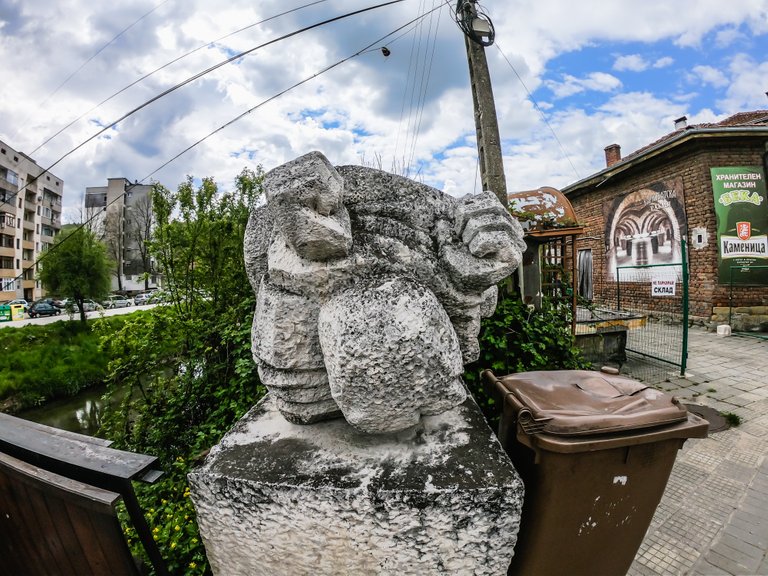
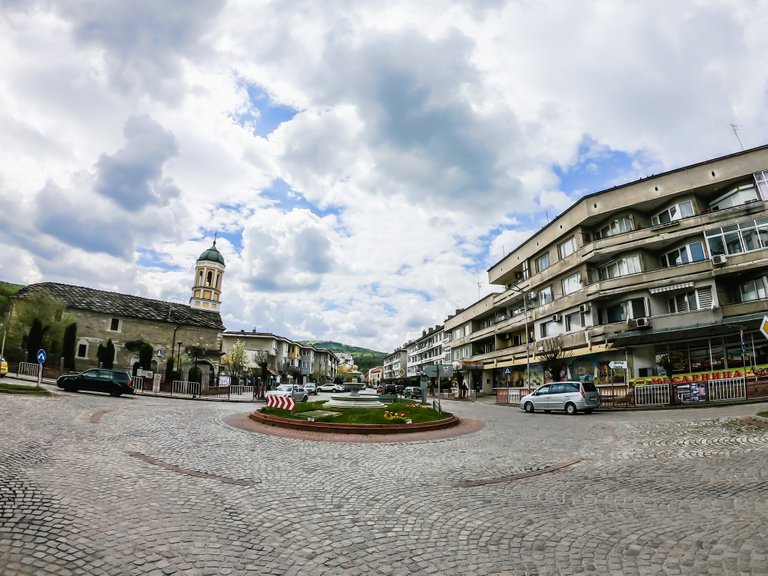
We continued along Angel Kanchev Street.
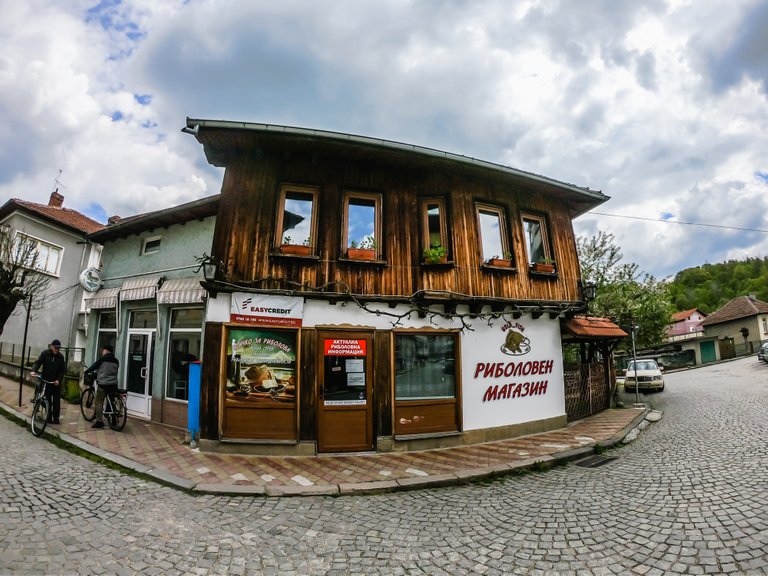
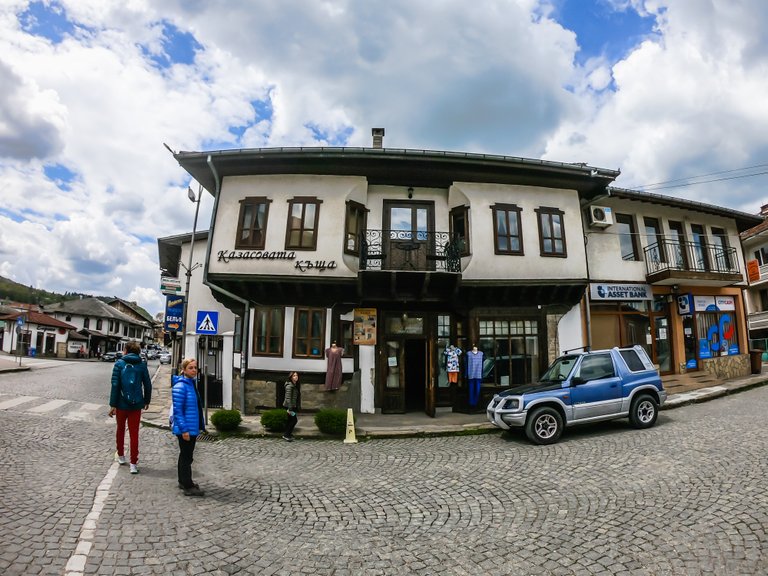
The town Tryavna is the birthplace of the Bulgarian revolutionary Angel Kanchev. There was a large monument to the revolutionary on the street.
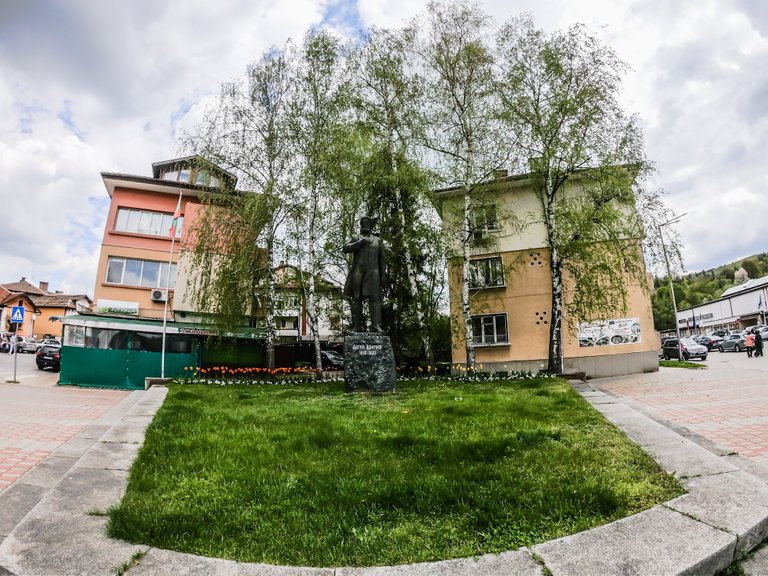
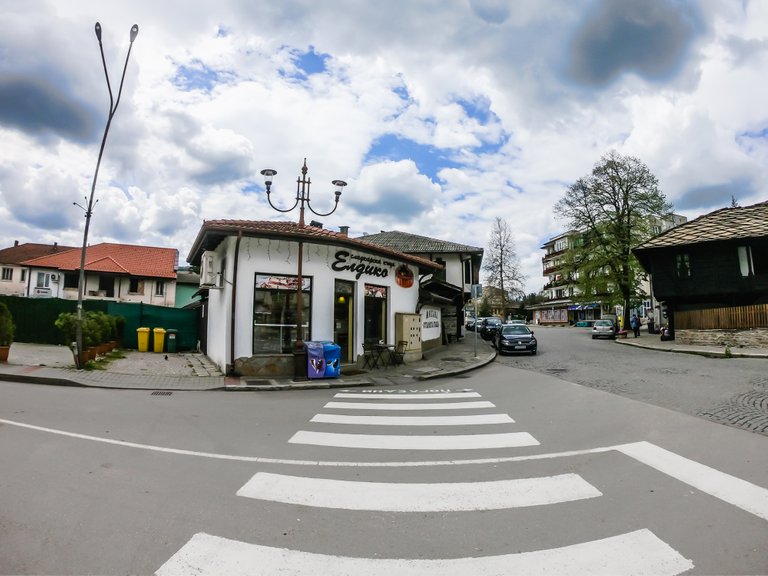
We had not yet reached the central part of the city, but every corner smelled of history. Old wooden houses, cobbled streets, ancient Cyrillic fonts on the signs.

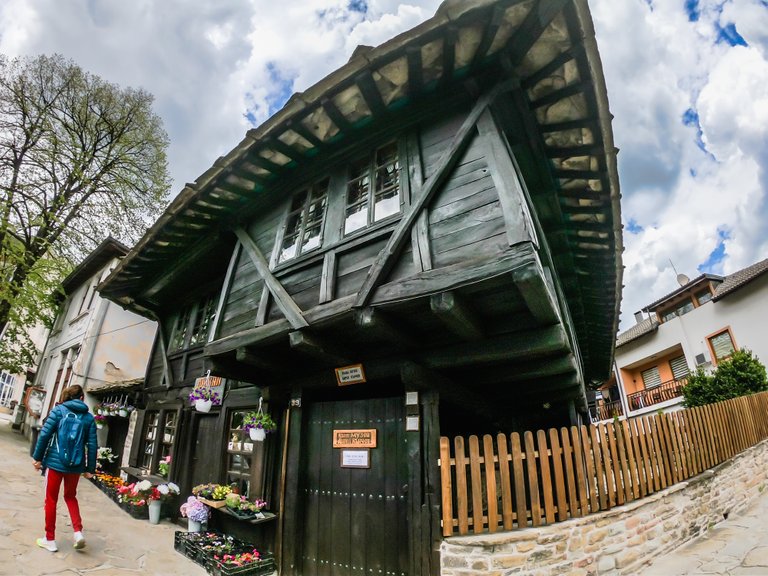
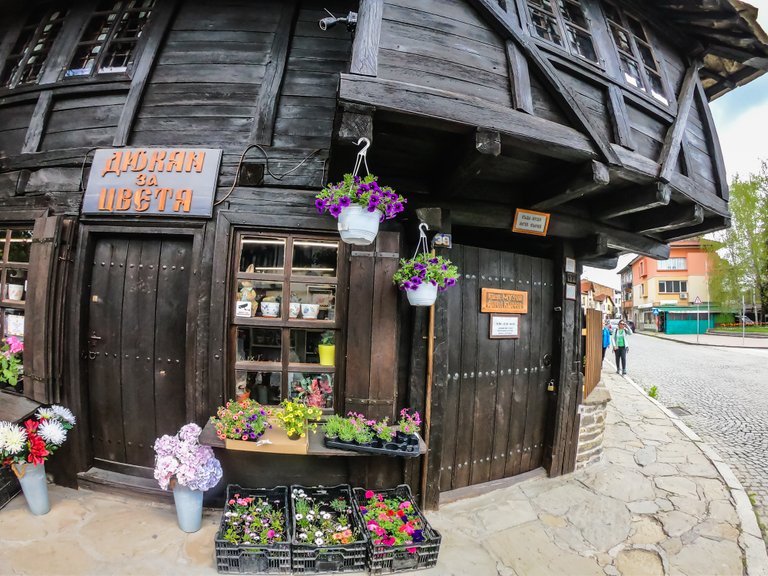
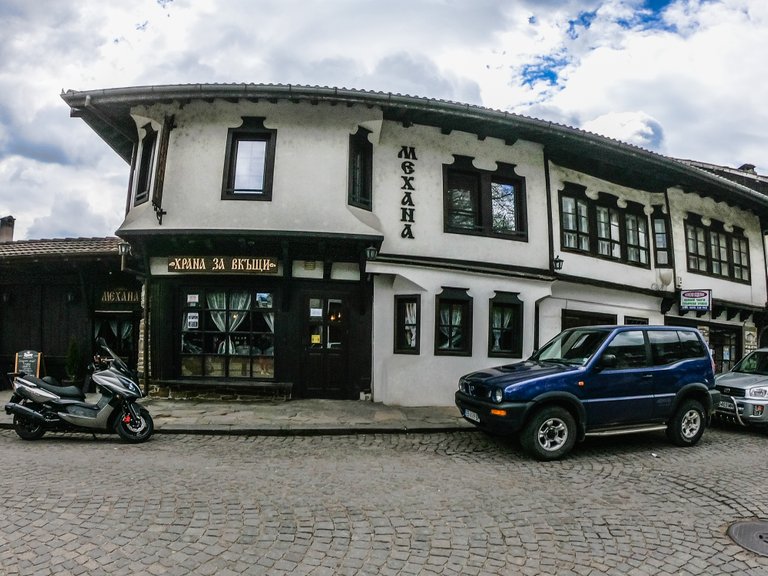
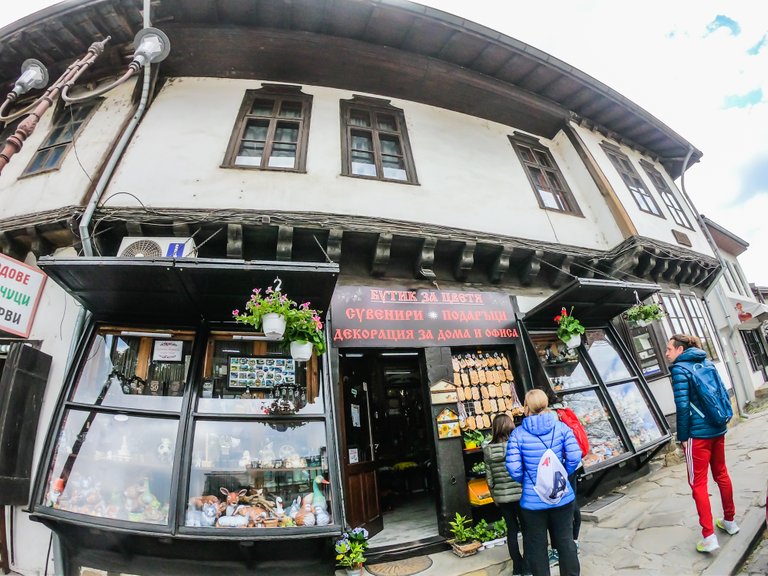
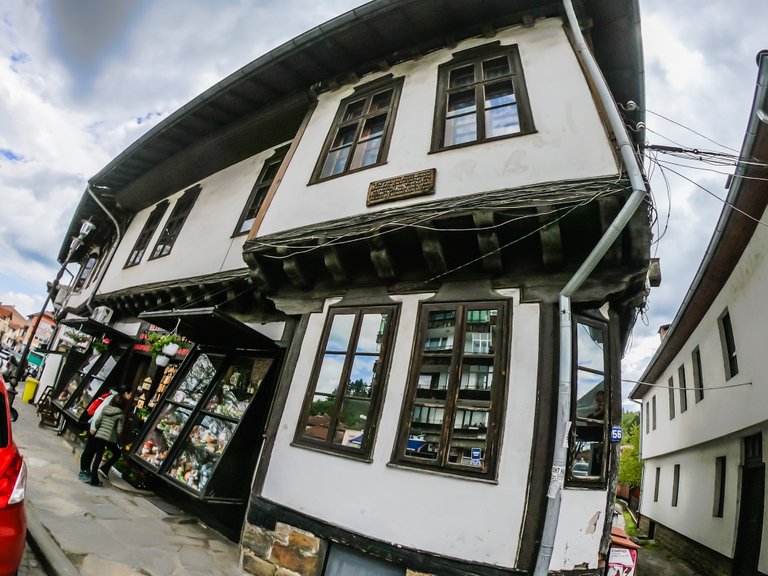
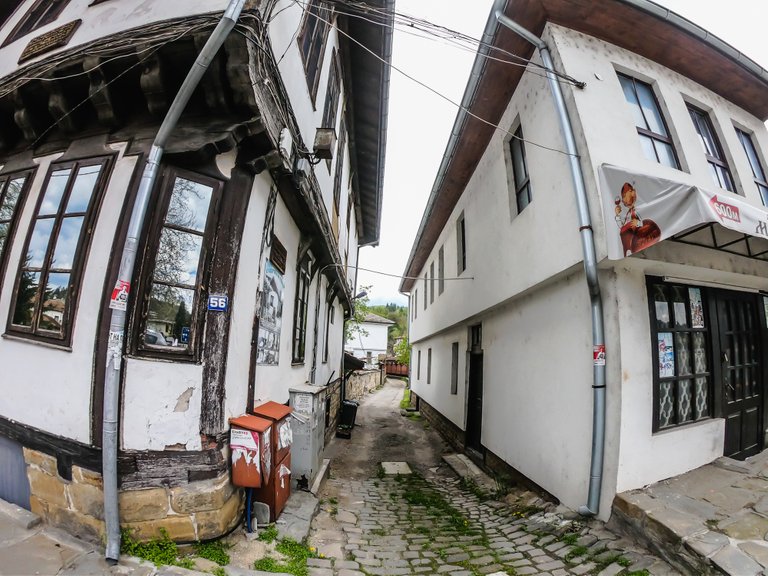
The street led us to a large bridge with large-scale stone sculptures - the so-called "The master's bridge".
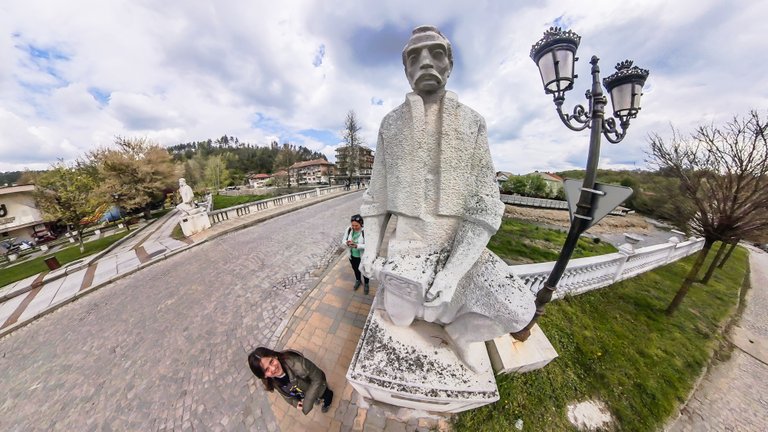
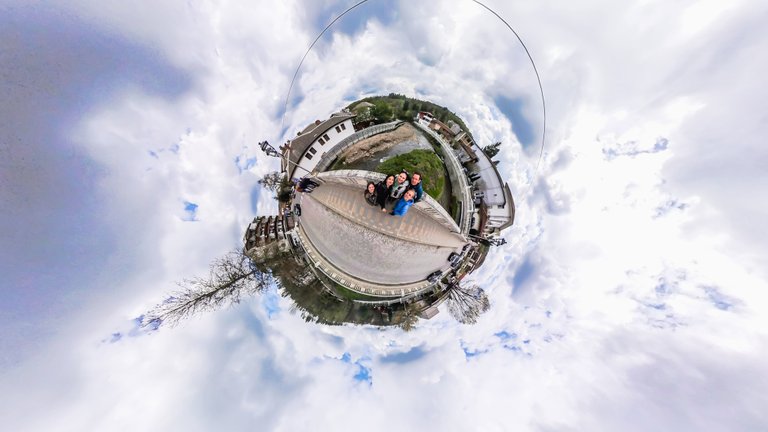
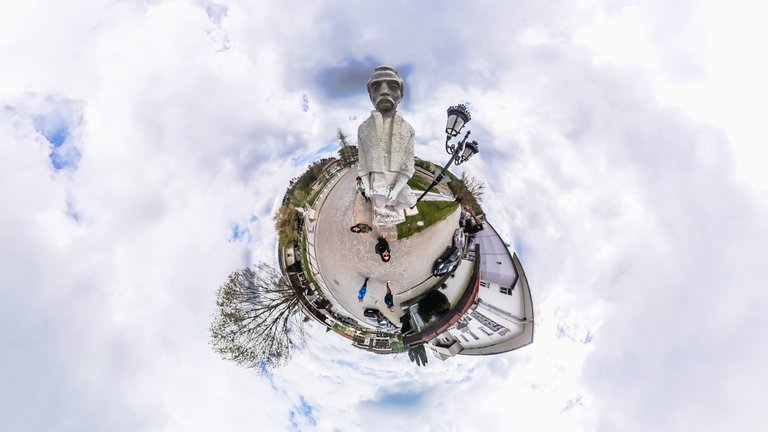
The views of the river were beautiful.
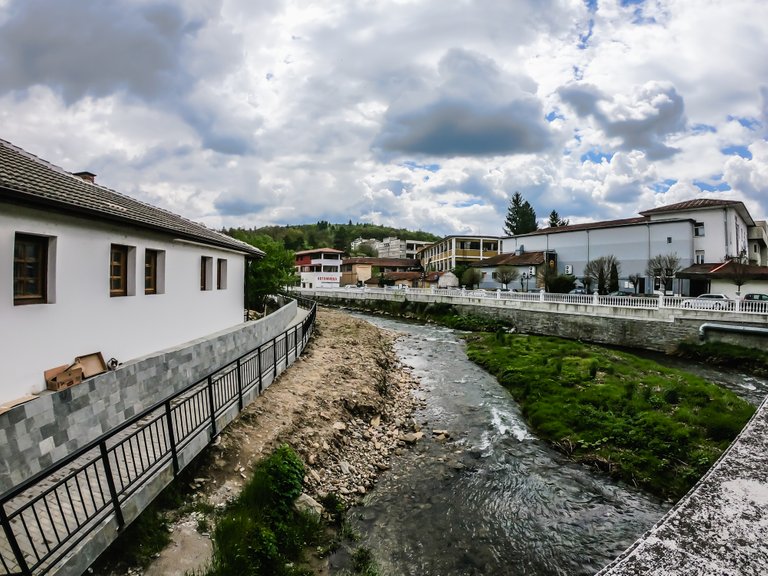
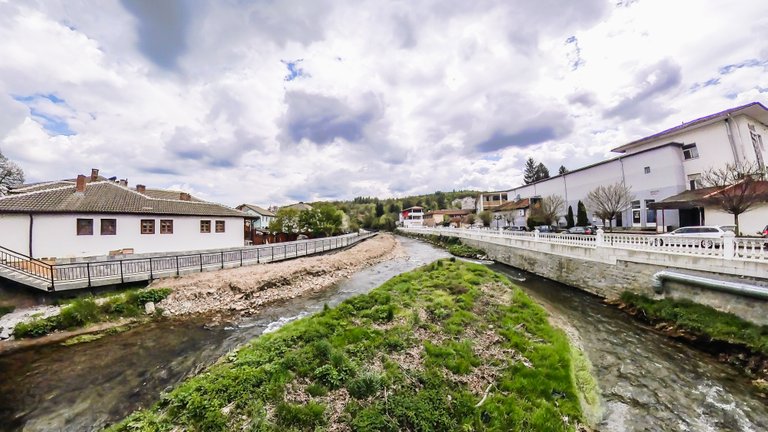
The central part of the city started from here.
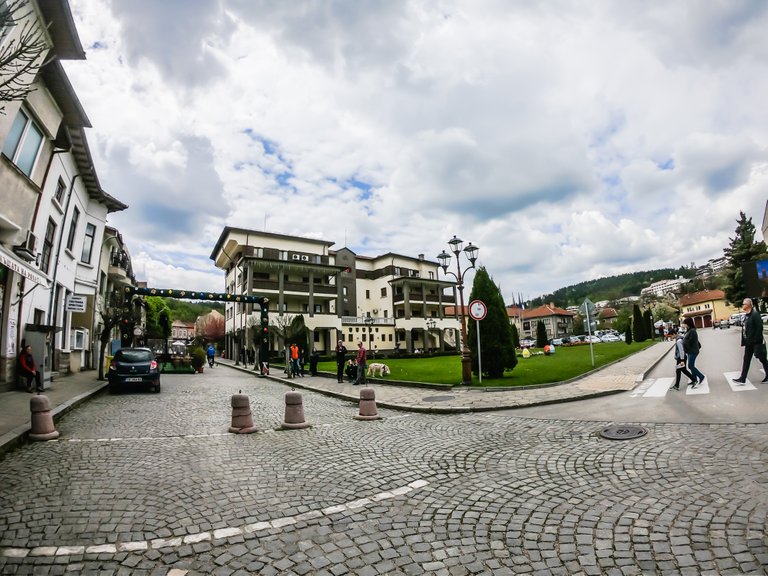
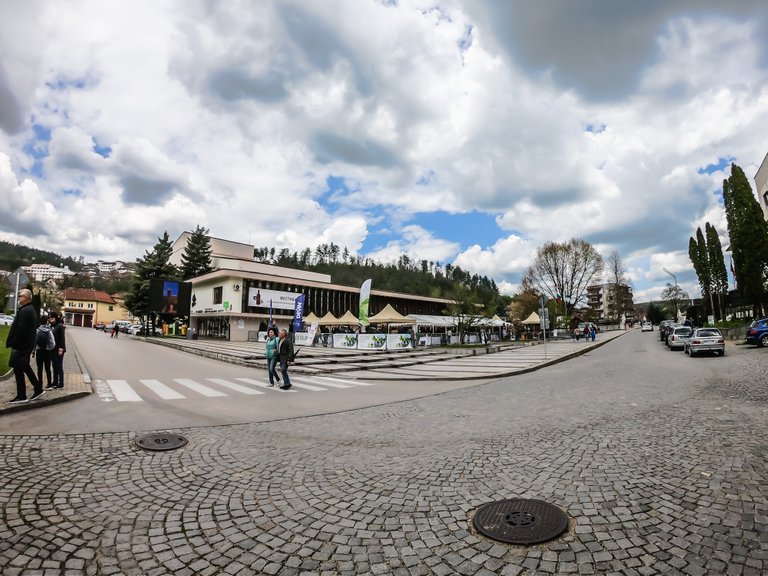
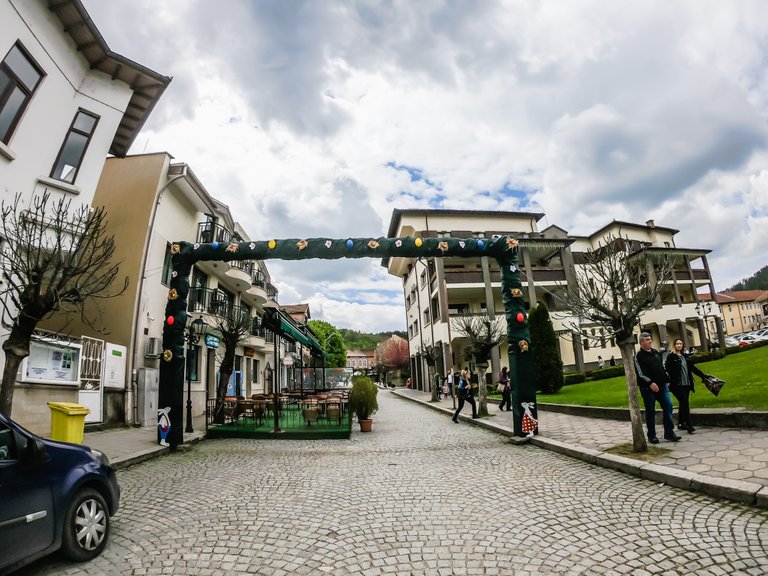
The building of the Municipality of Tryavna.
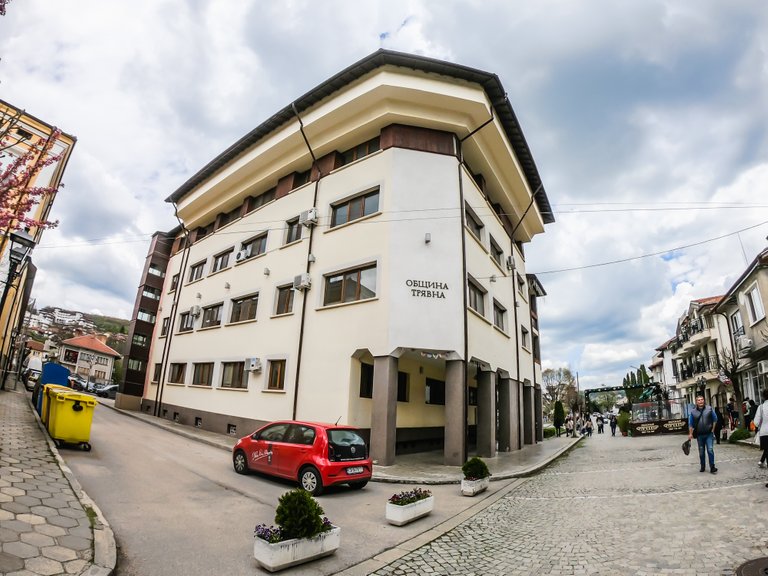
Secondary school "Petko Rachev Slaveikov":
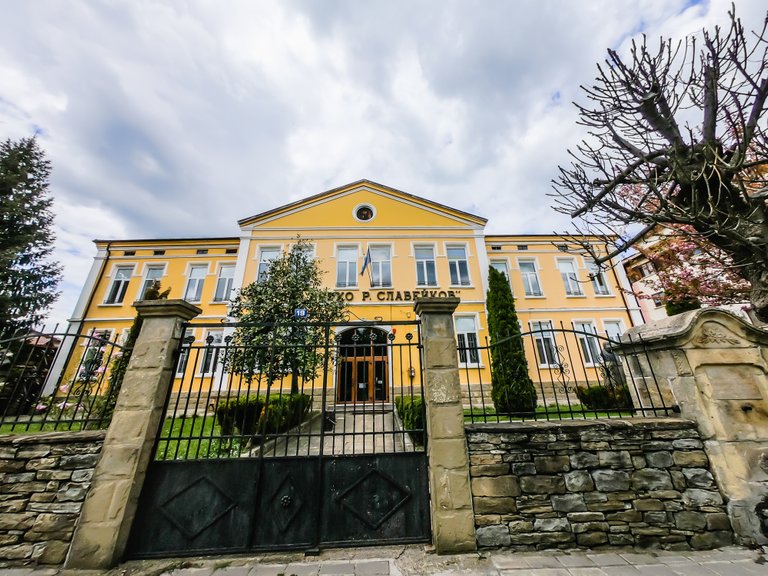
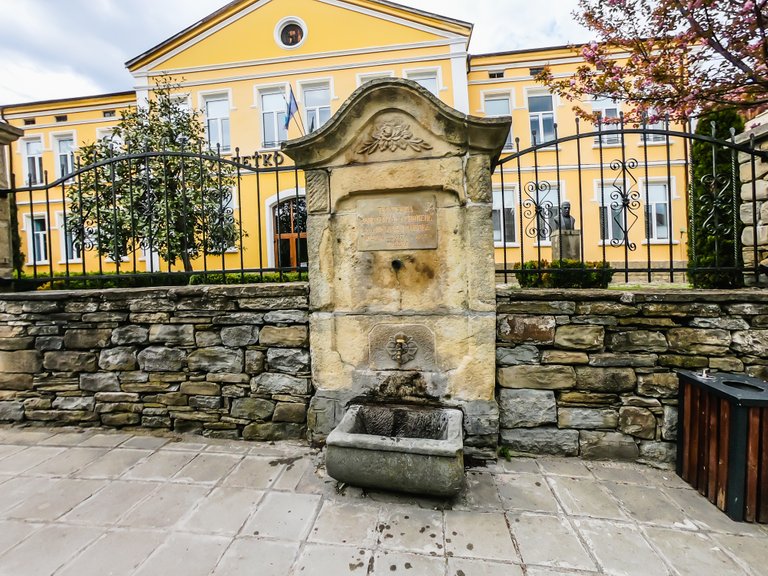
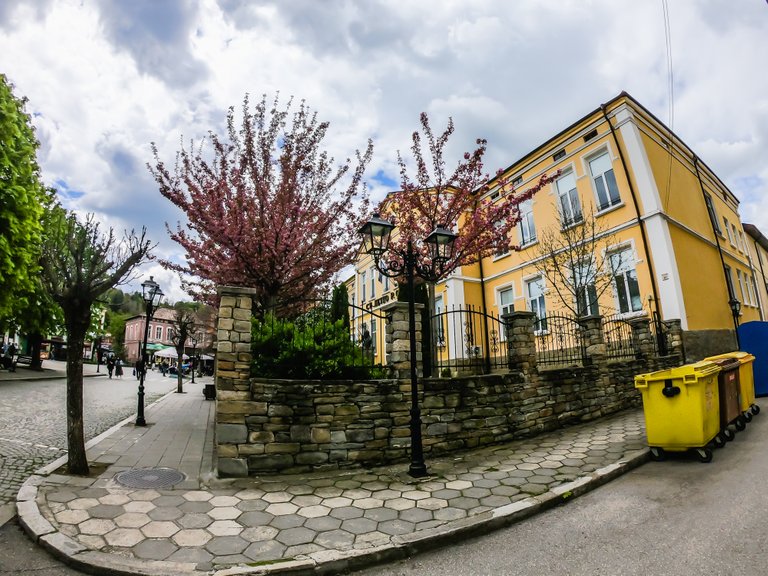
Opposite the school is a large square with green areas, gardens and a large sign "Tryavna".
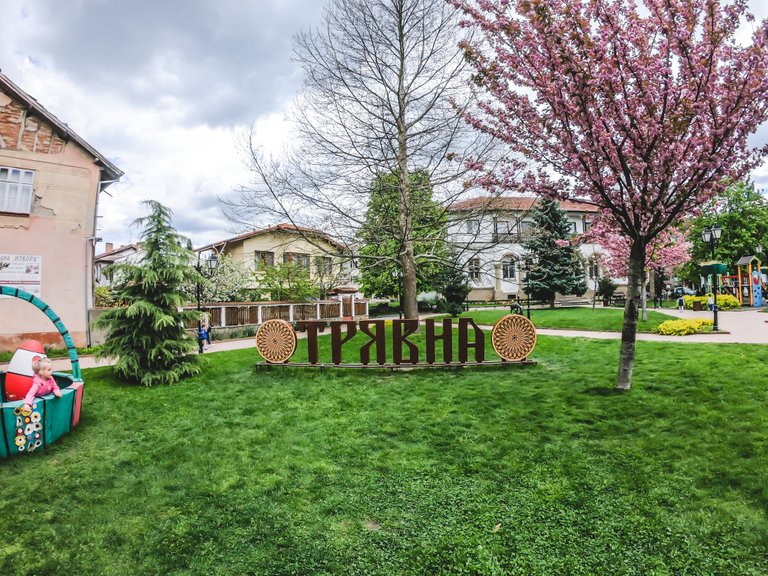

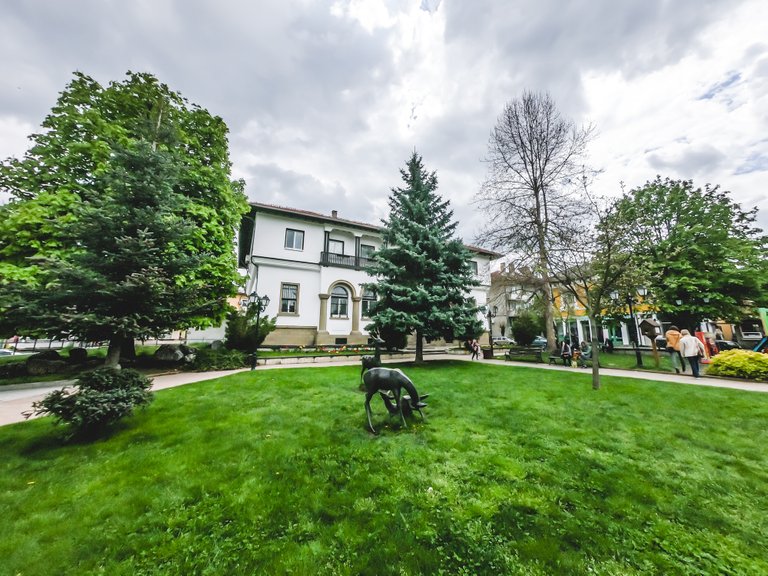
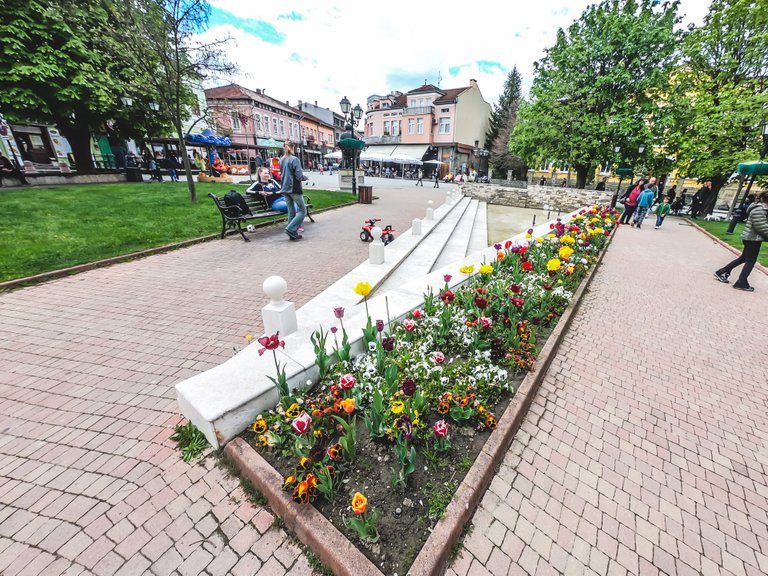
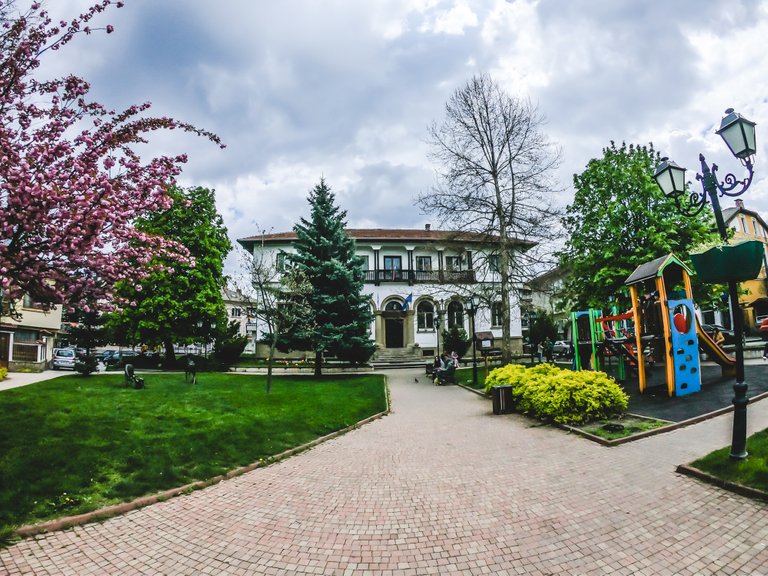
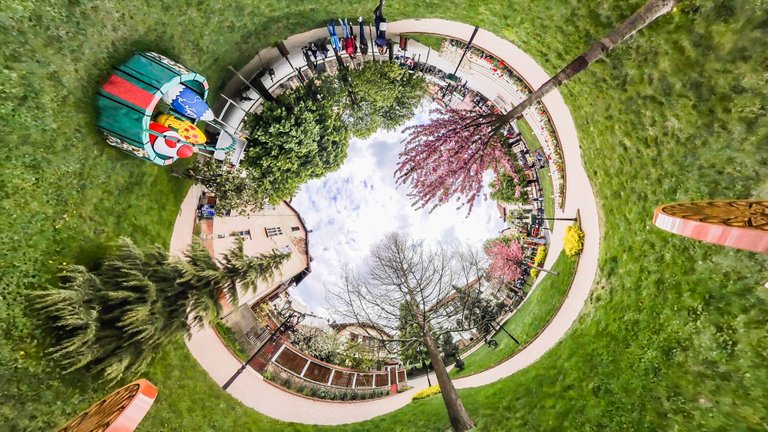
There was a bust monument of Petko Rachov Slaveikov - Bulgarian poet, folklorist.
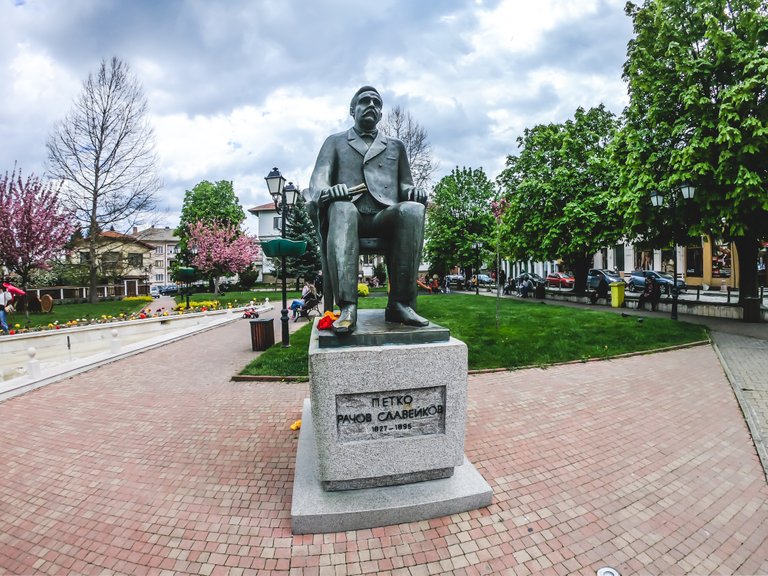
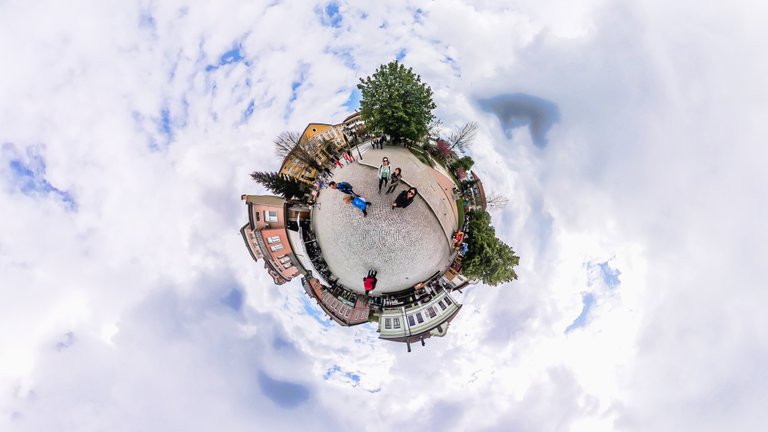
We couldn't help but see the church "St. Archangel Michael", which is the oldest church in the city.
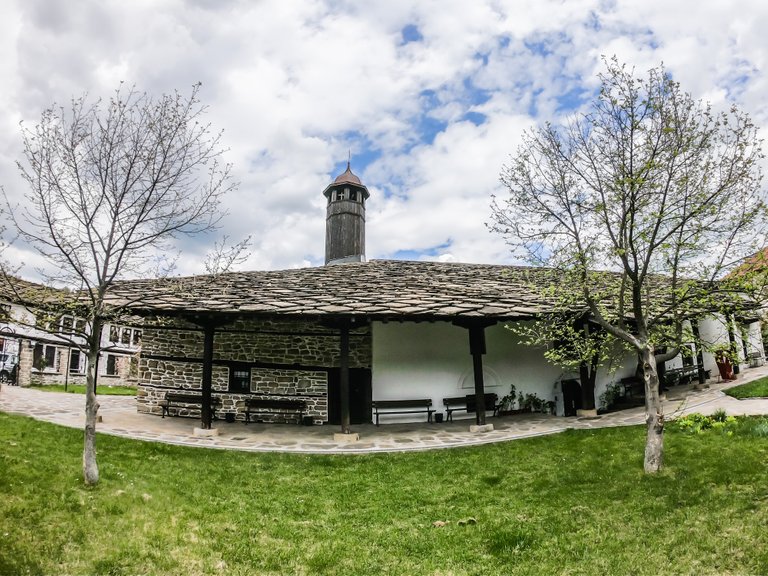
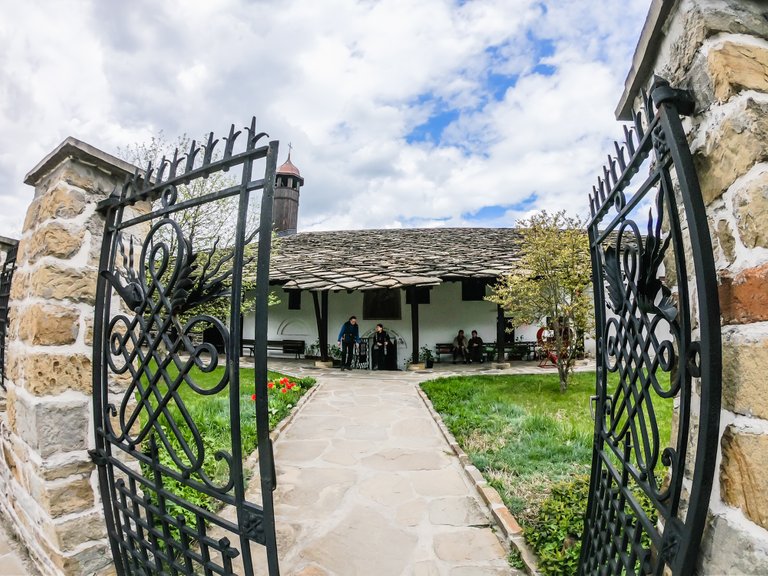
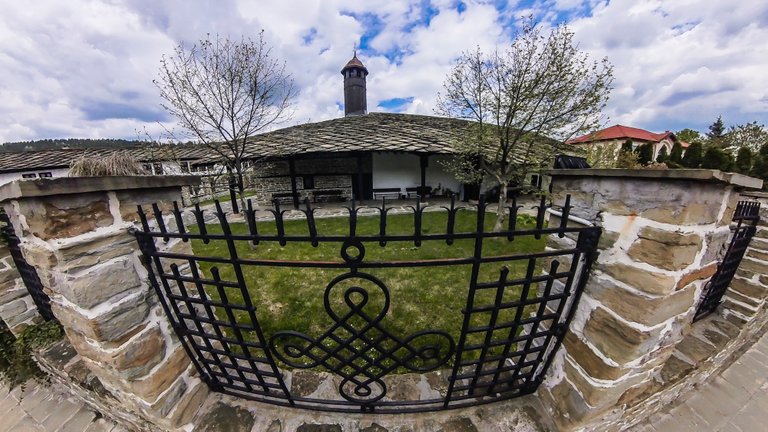
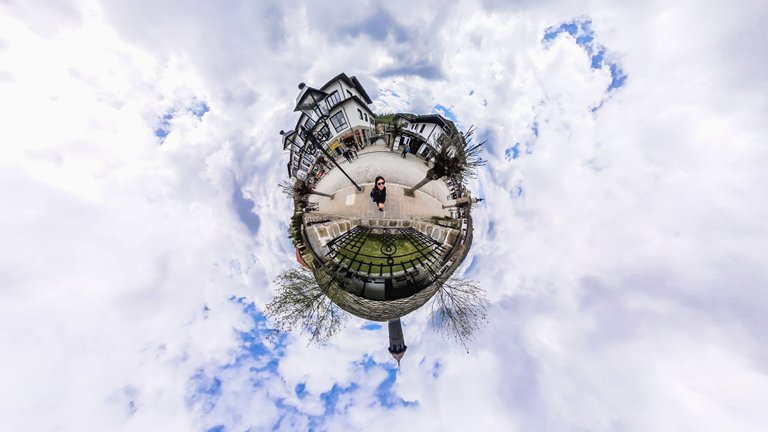
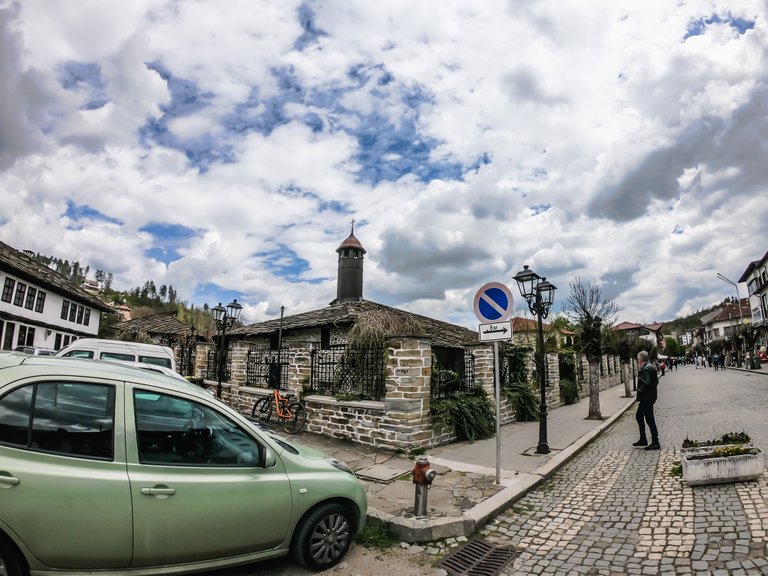
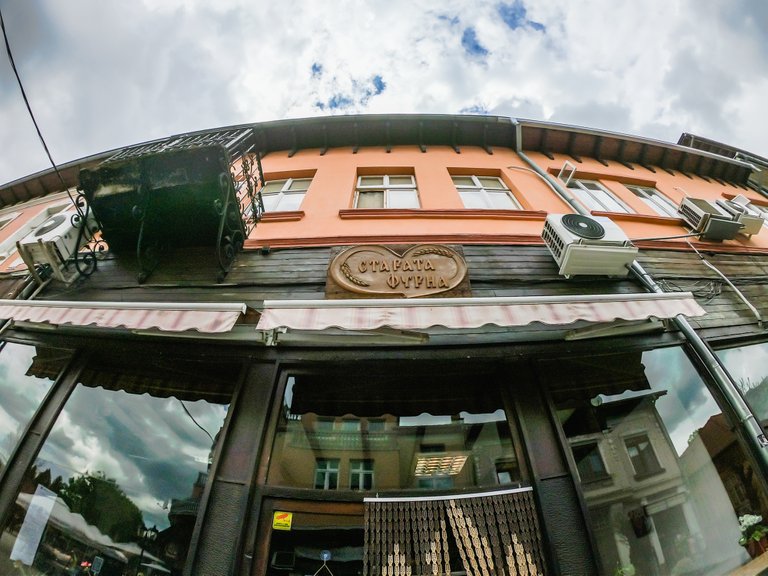
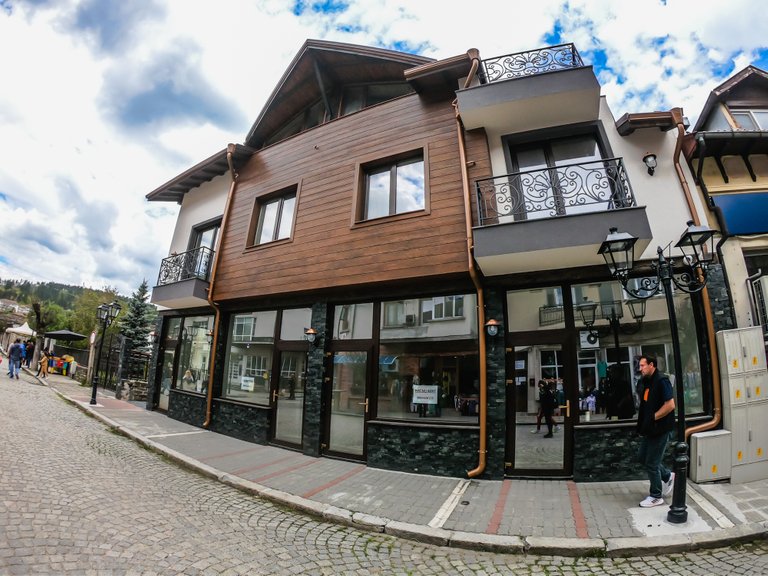
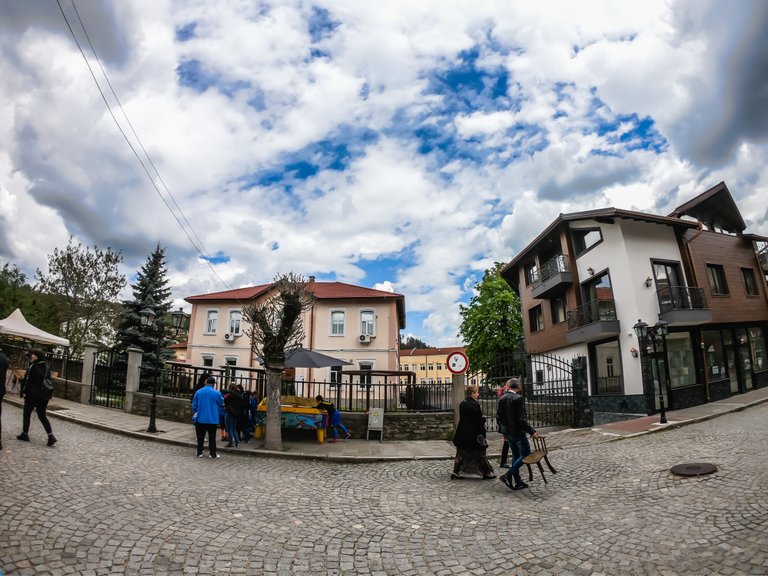
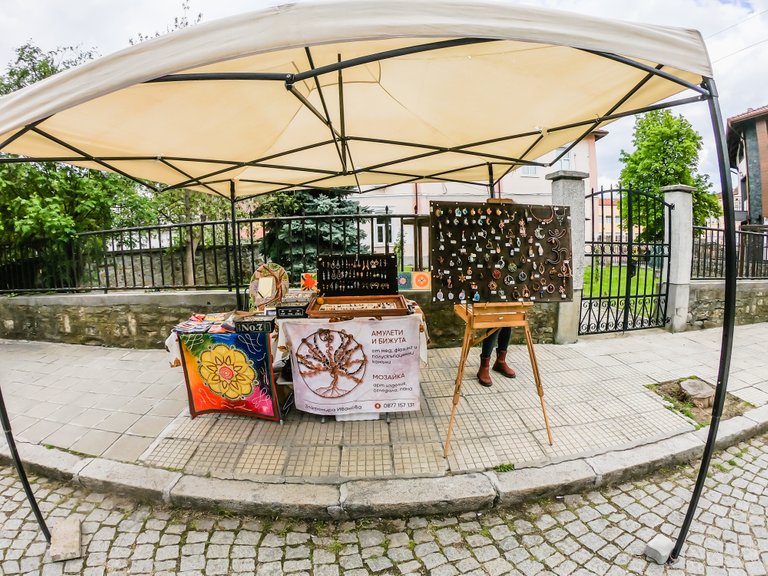
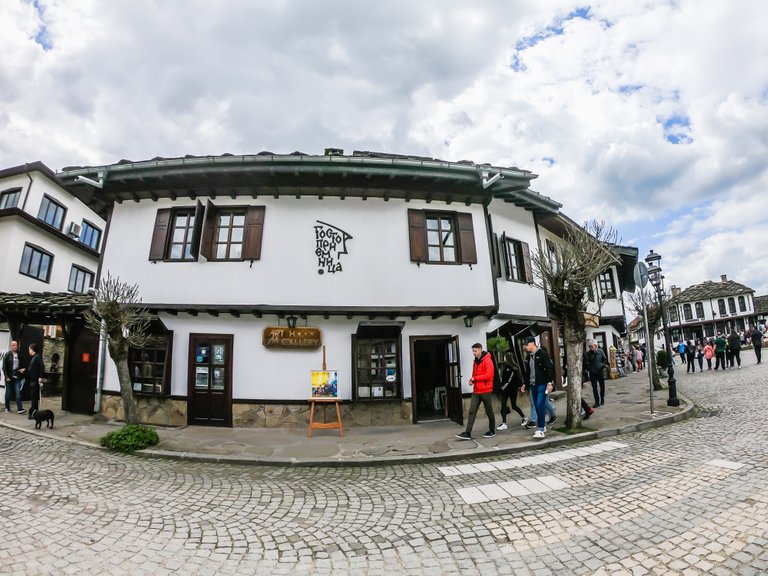
We reached the famous "Captain Dyado Nikola" square, which is the only square preserved in the Revival style.


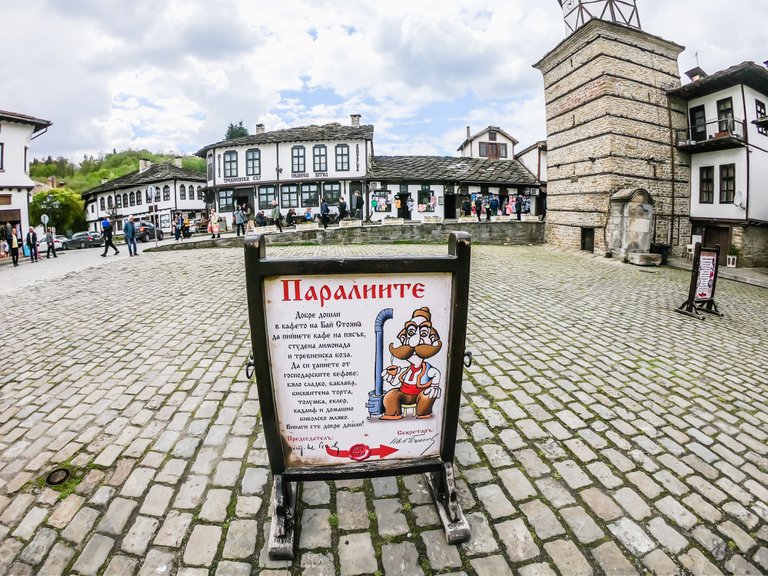

On the square is one of the symbols of the city - the Clock Tower, built in 1814. It is built of stones and is 21.15 meters high.
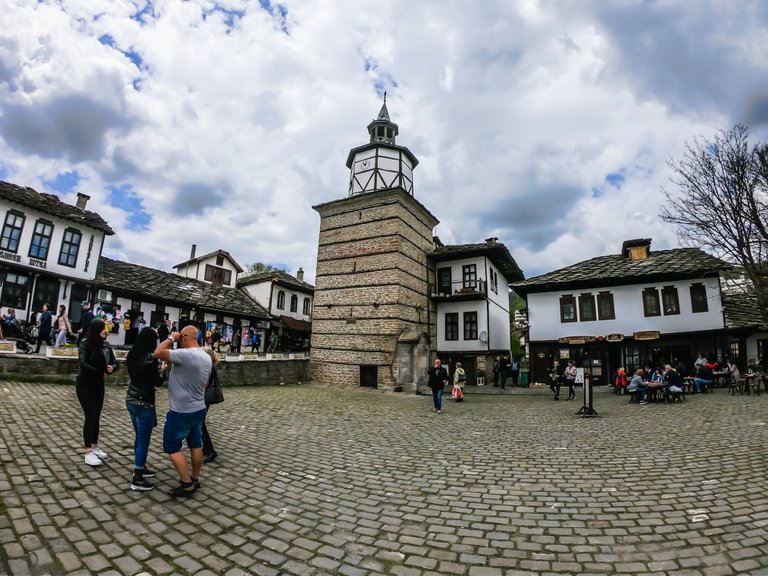
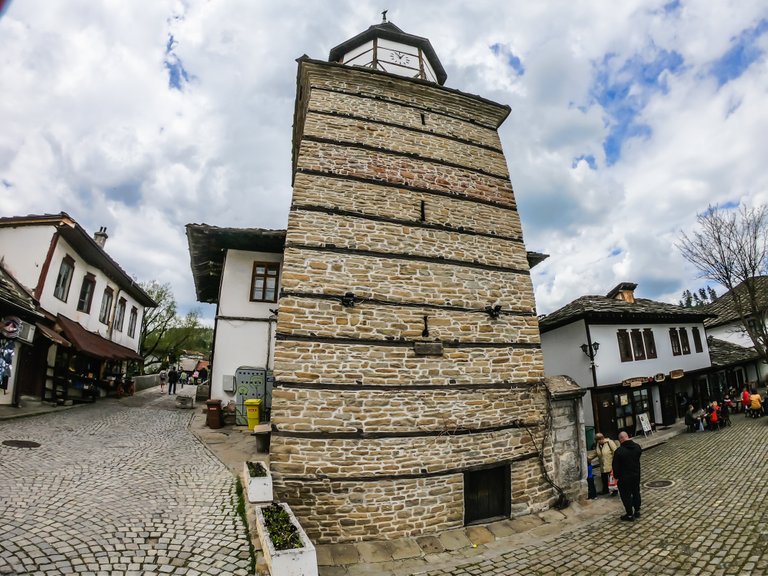

The tower was built by the local population, and legend has it that in order to allow its construction, Trevna women were forced to give up their traditional headdresses called sokai.
sourse: bulgarianonthego.blog
On the square is the "Old School", known as Slaveykovo School, which is one of the first secular schools in Bulgaria.
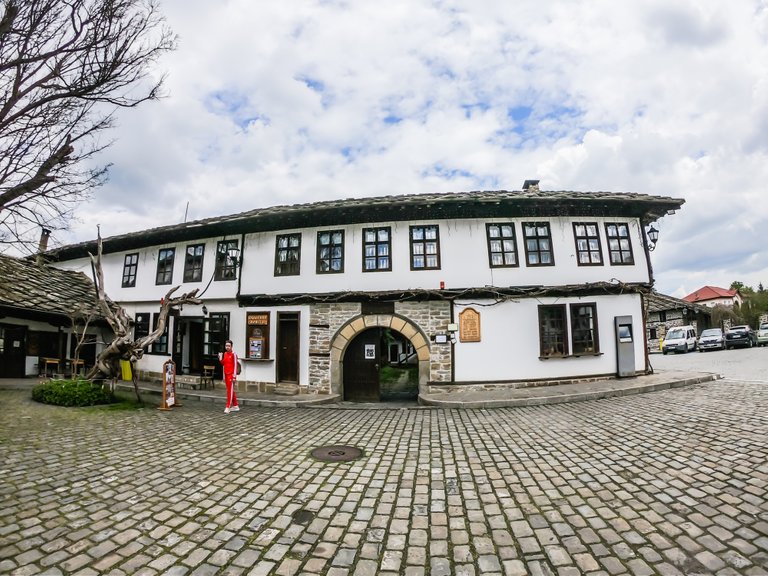
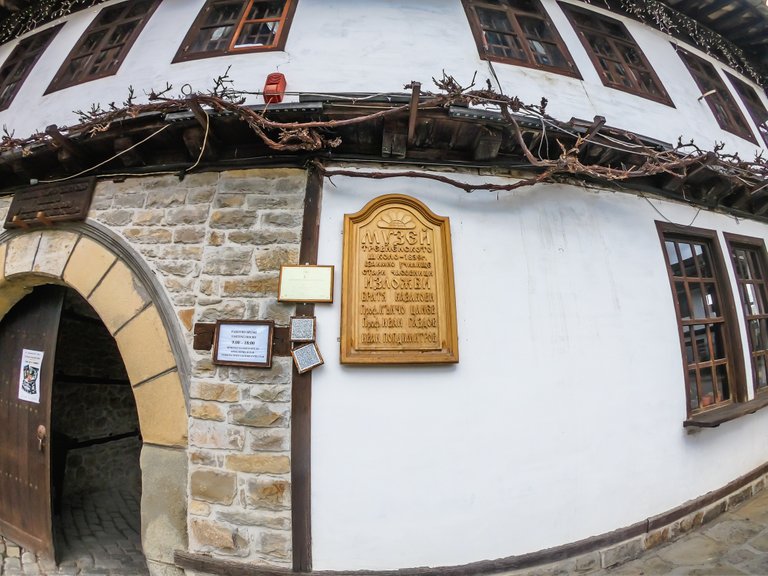
View from the school yard:
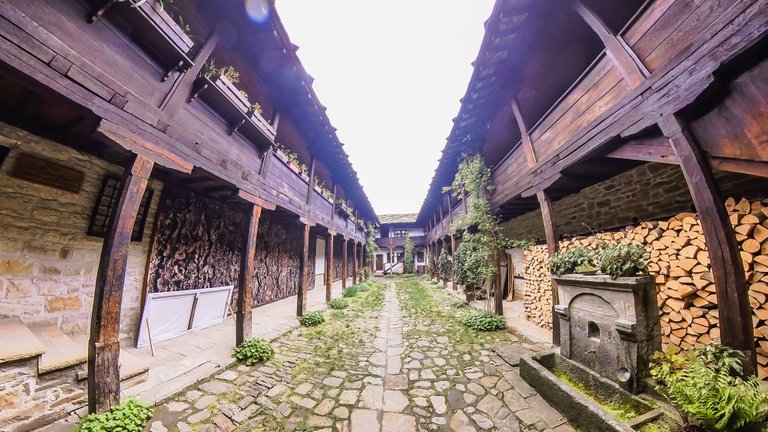
After the Clock Tower, we passed through one more of the symbols of Tryavna - the Kivgiren bridge or the Humpback bridge.


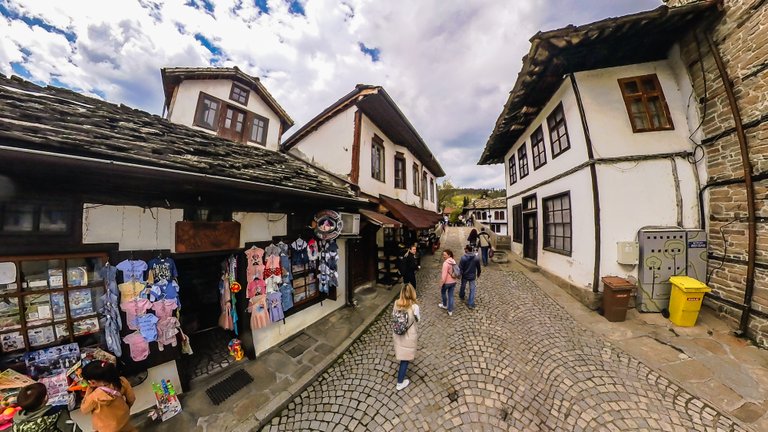
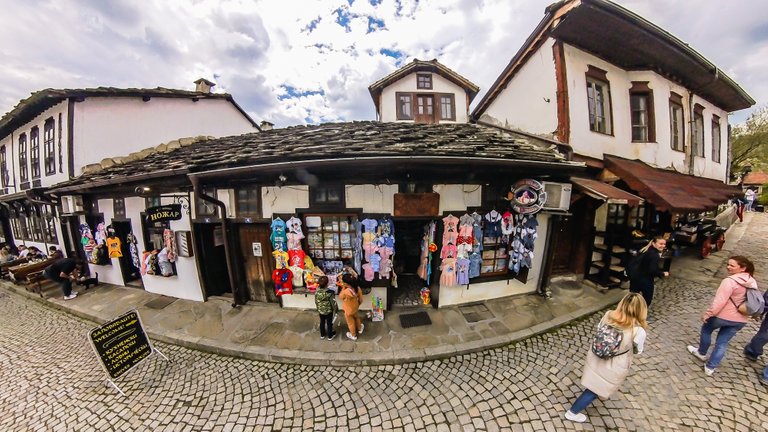
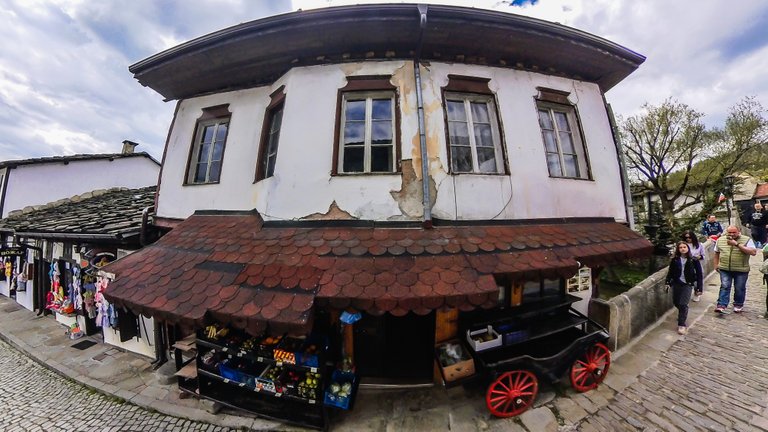
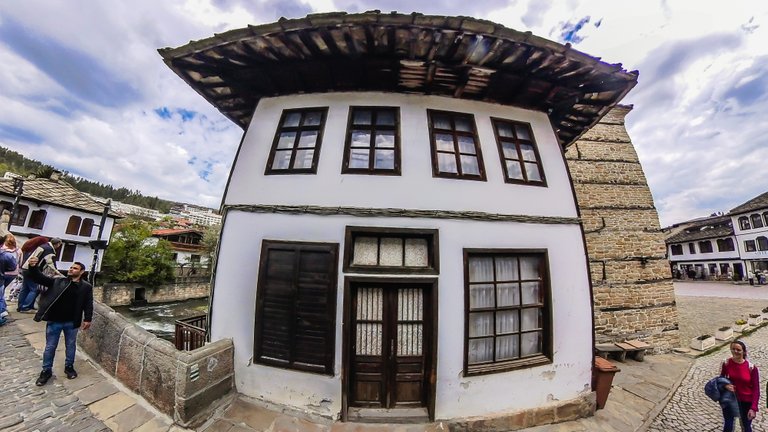
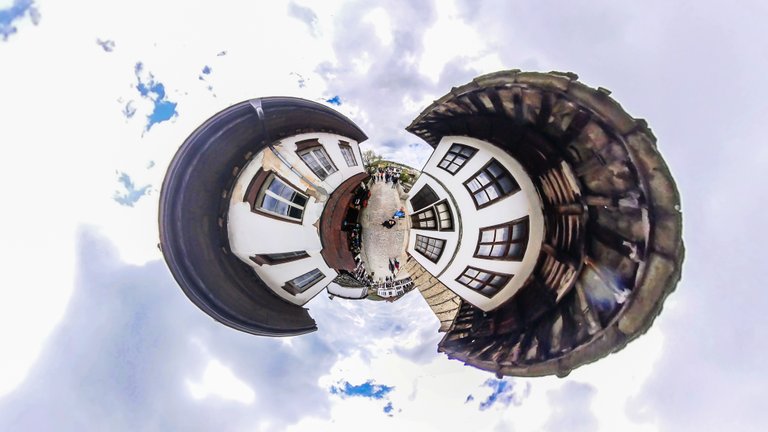

It was built in Roman style in 1844-1845. by Dimitar Cergyuv.
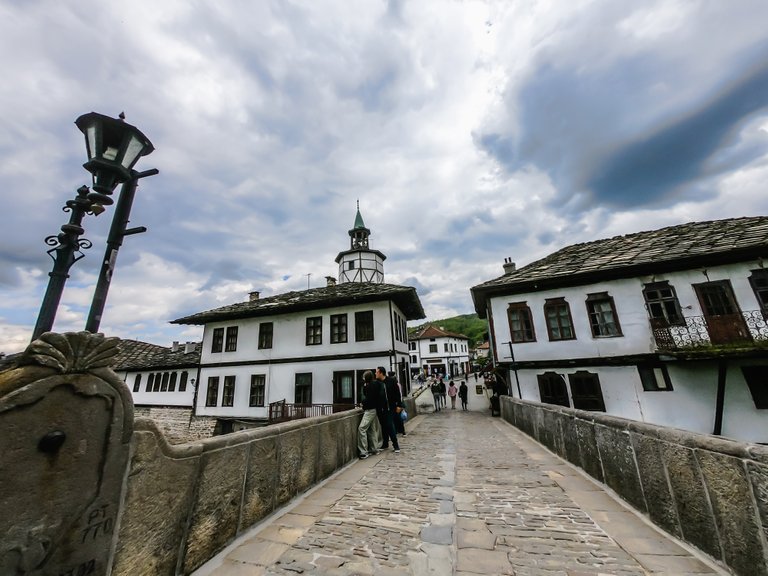


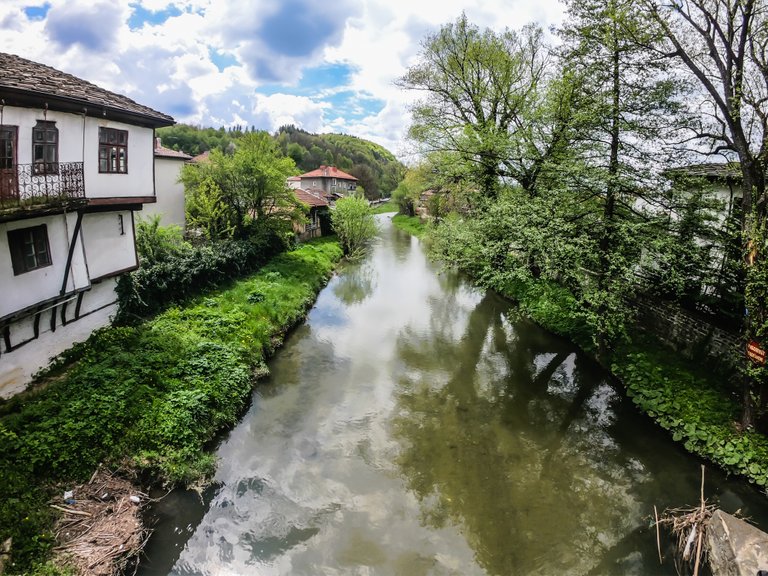
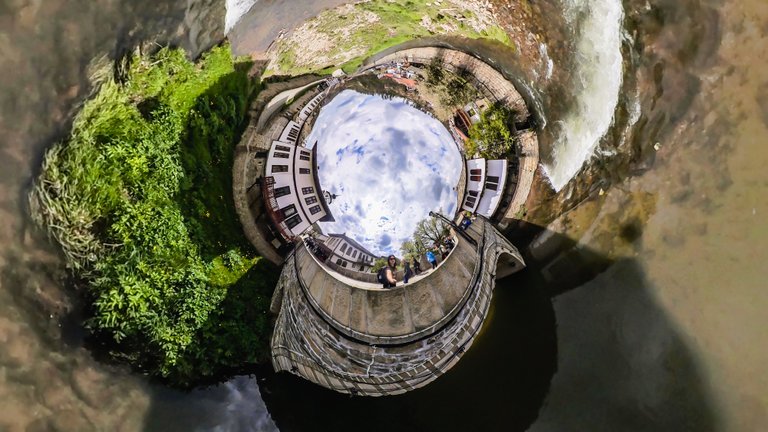
"It is strongly bowed in the middle, and the parapet is of hewn stone slabs held together and to the base with iron pins and lead solder. Another of its features is the special artistic arrangement of the middle, highest plates of the parapet."
sourse: tryavna.org
We had a long walk ahead of us along the "Street of crafts" - a cultural and historical reserve. We were greeted by small shops where craftsmen displayed their hand-made works. It was exciting to walk through the cobbled streets and look at this abundance of unique items.
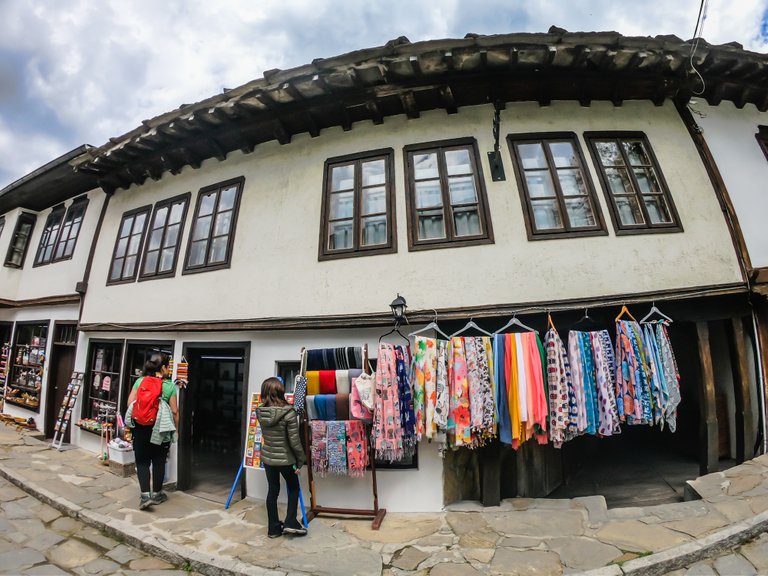
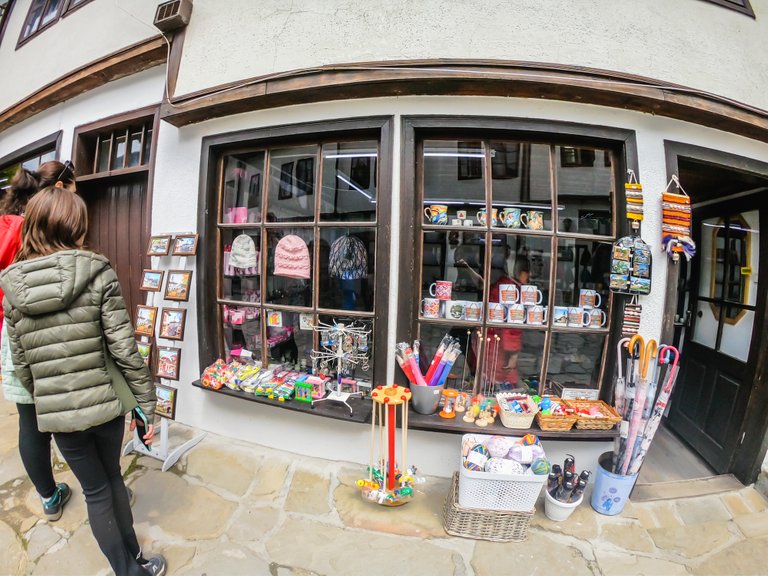
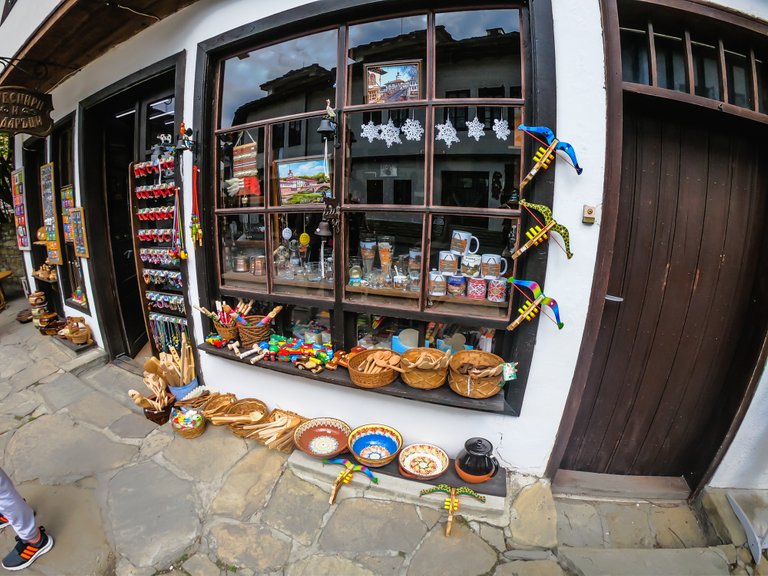
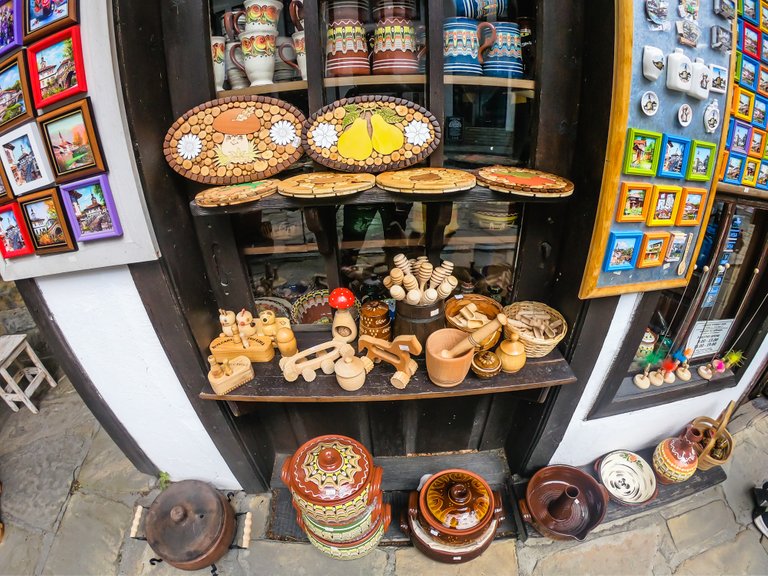
There were shops with antiques and books.
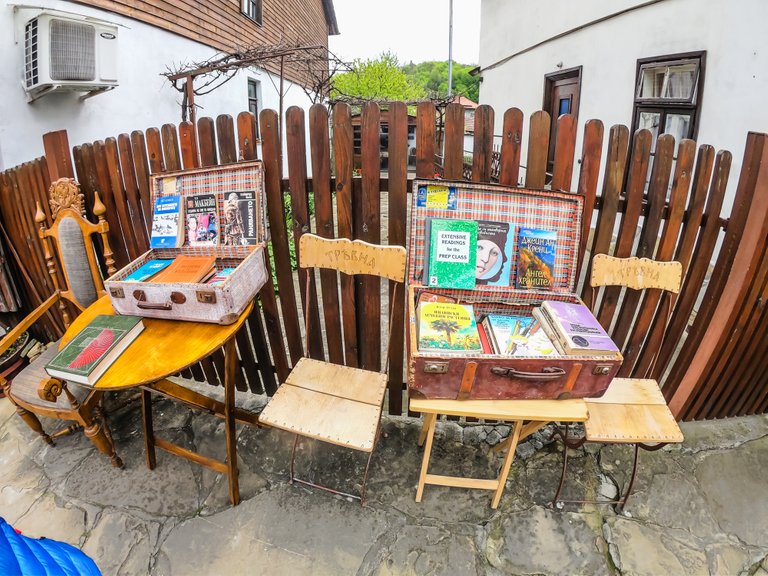
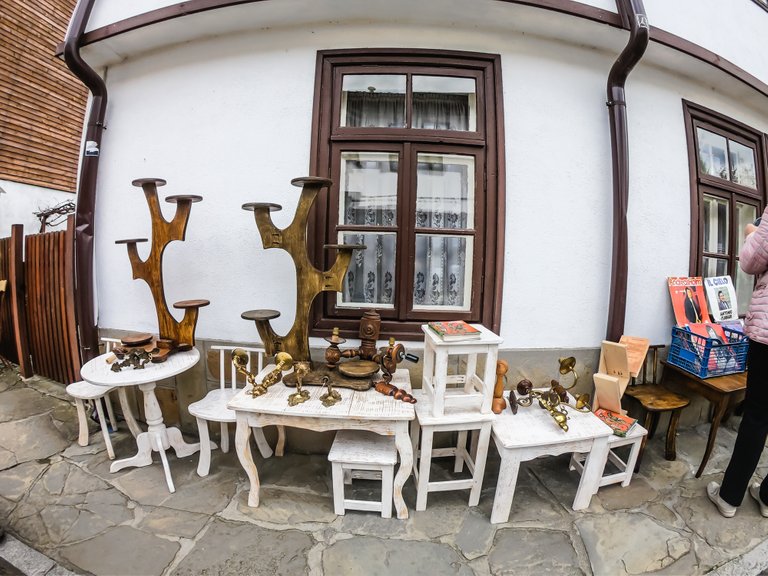
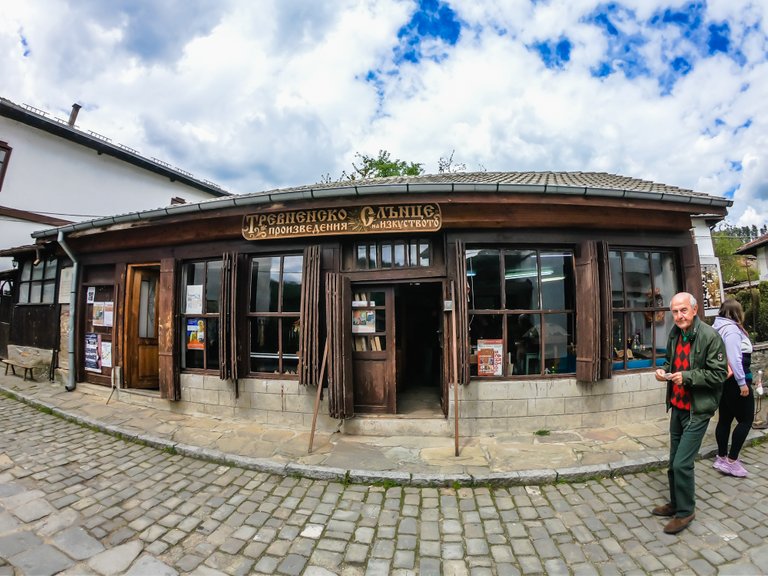
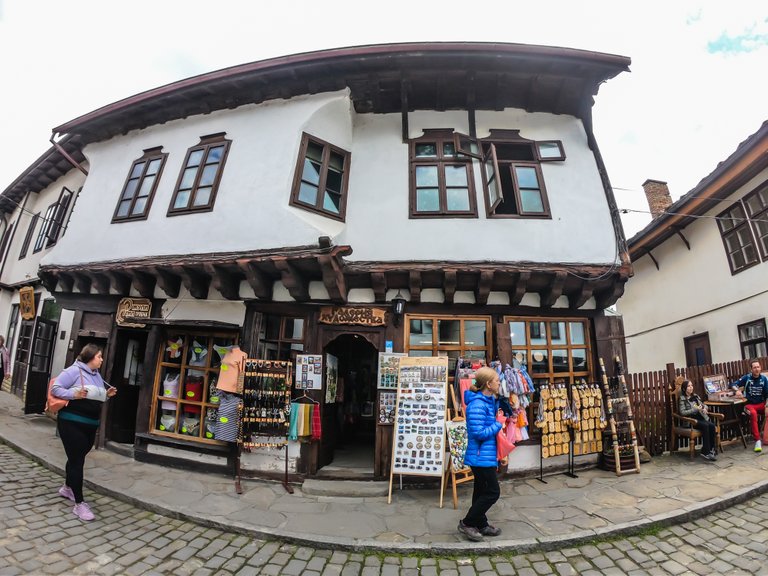

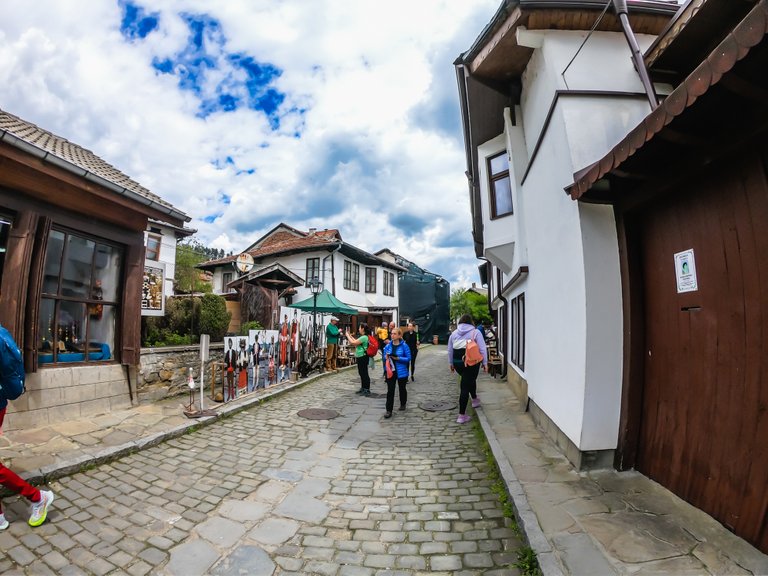
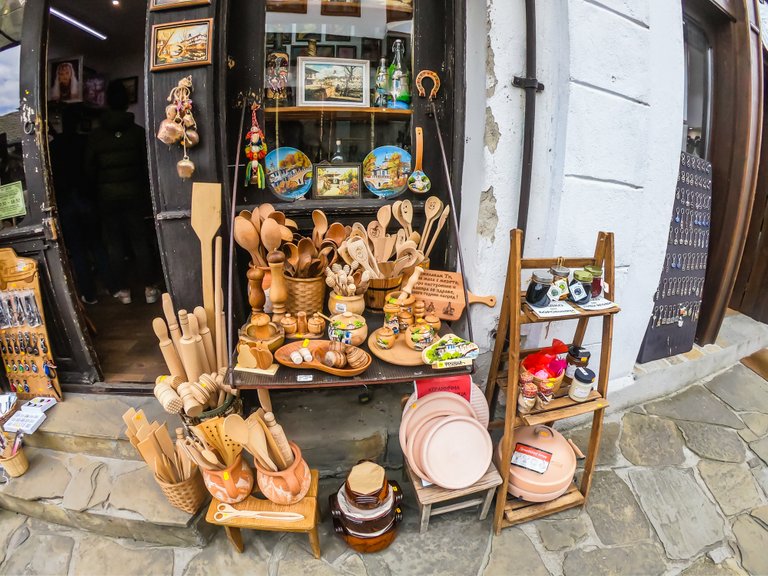
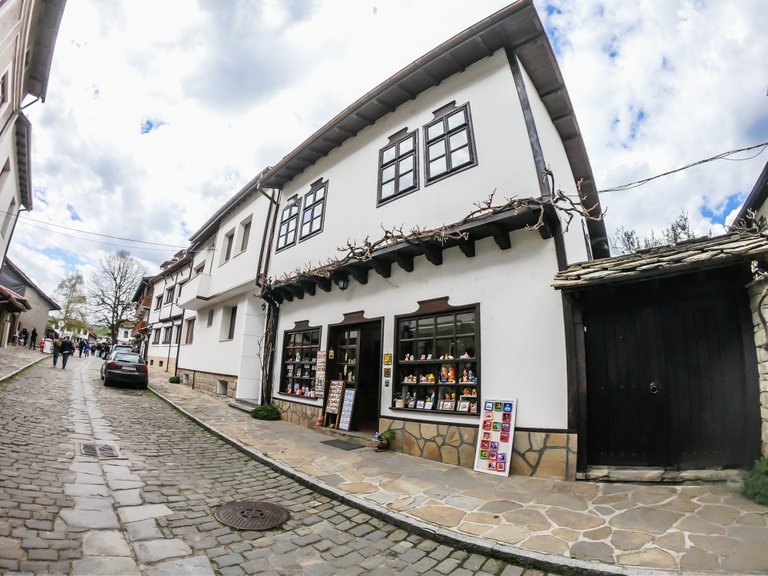
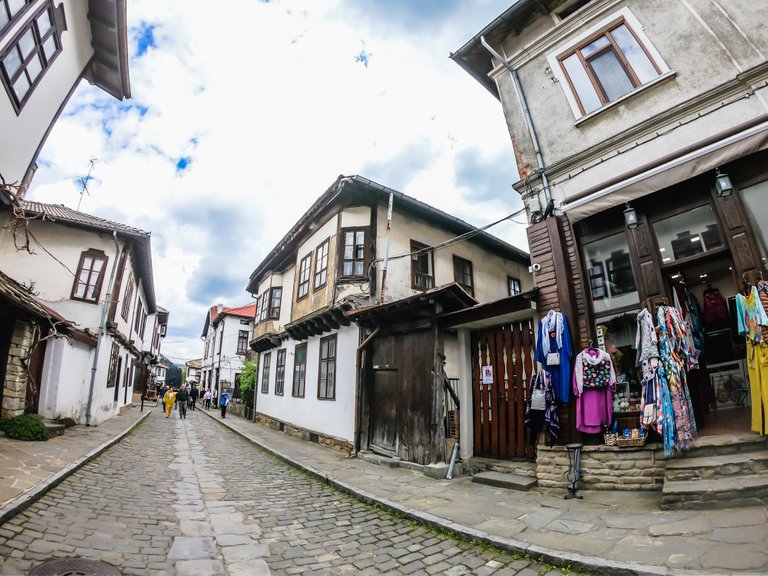


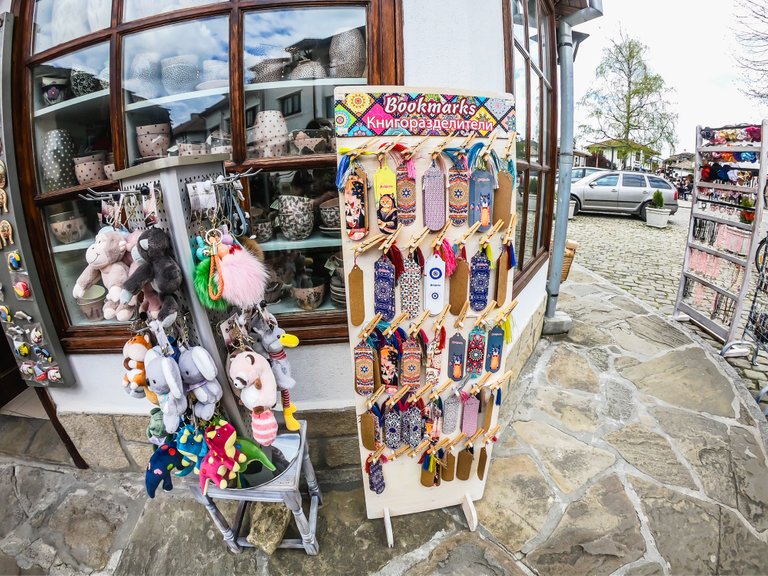
Here we are in one of the stores:
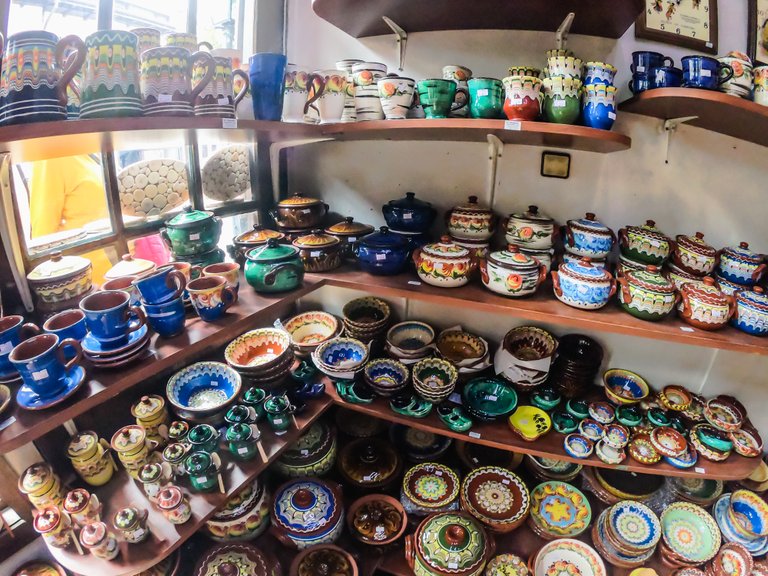

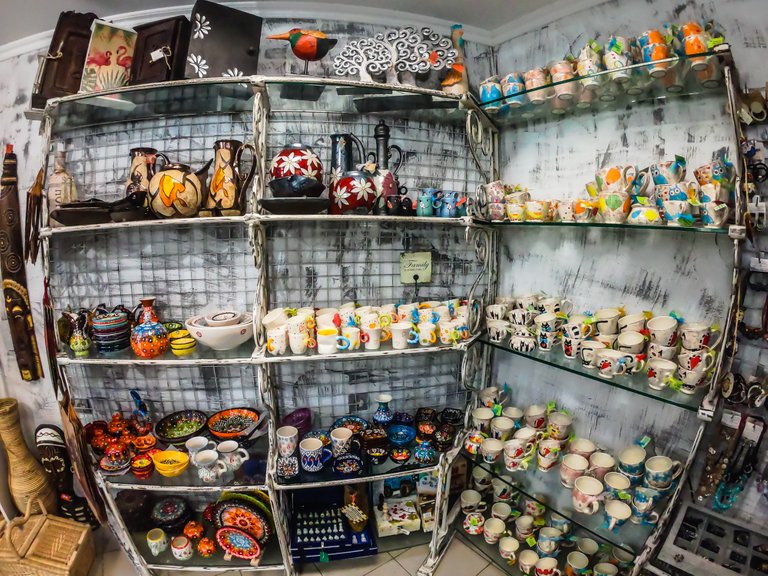
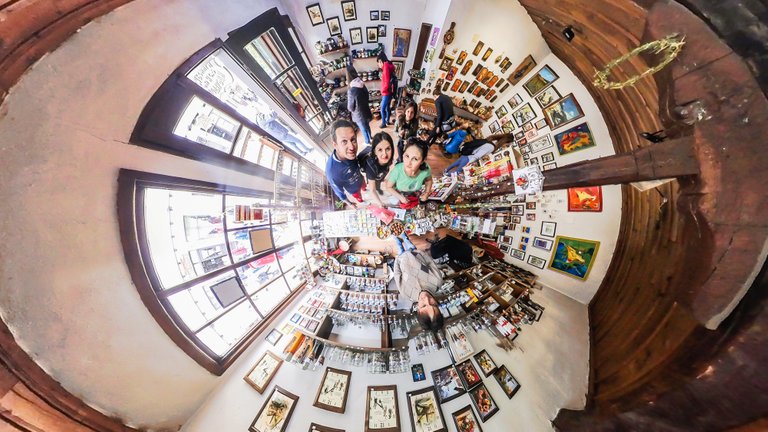
Inns and cafes in old style.
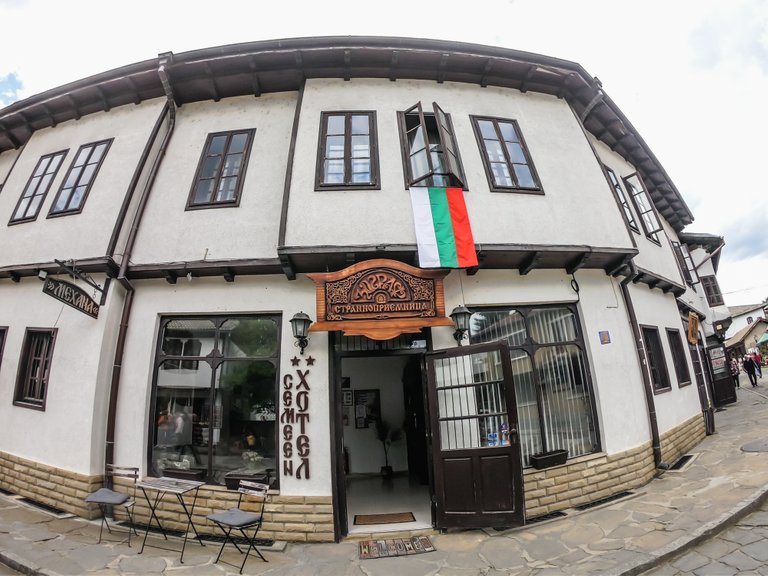
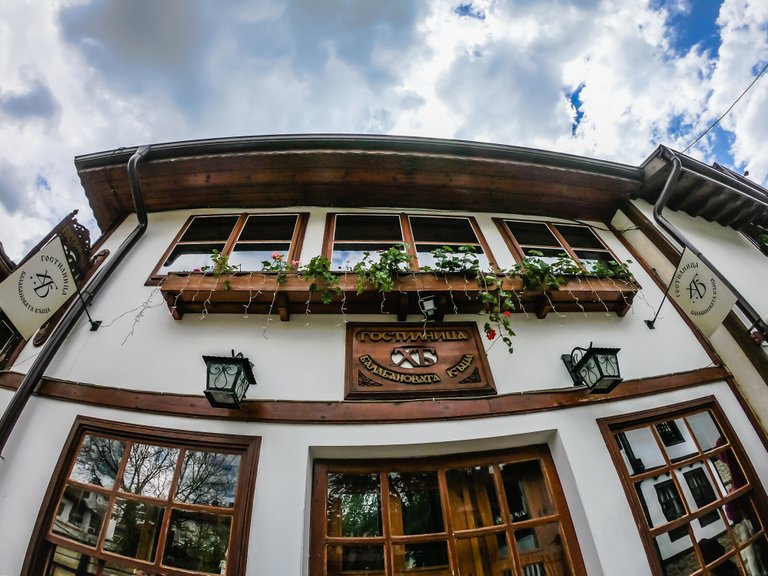
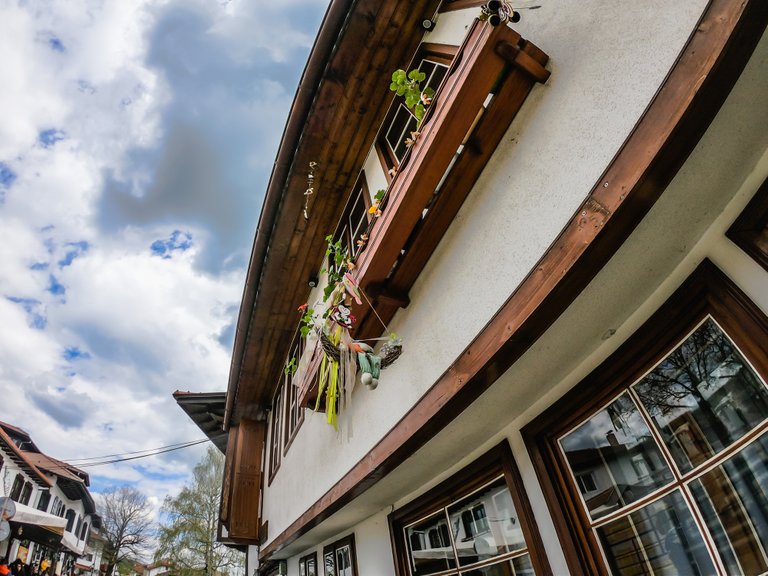
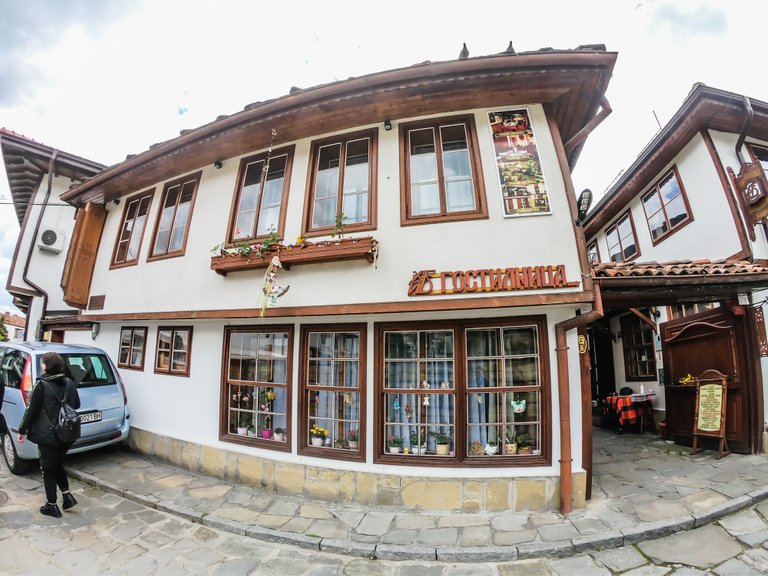
Along the street we saw more monuments and stone fountains.

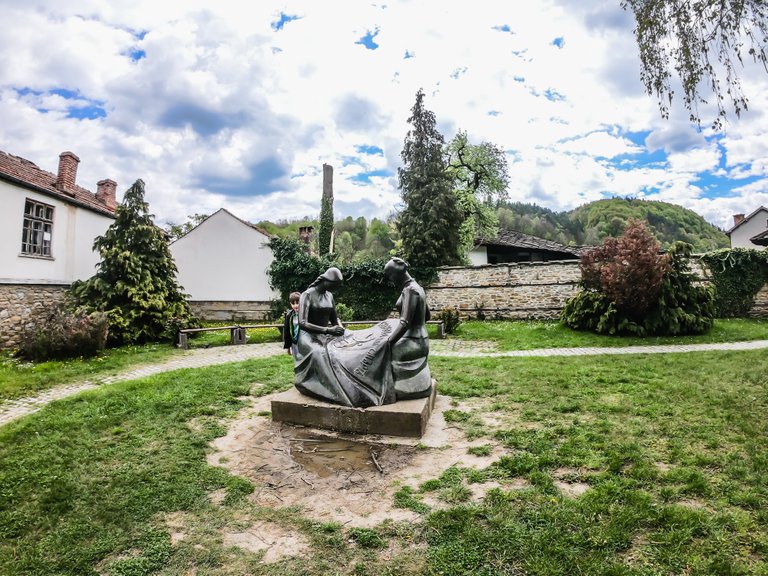
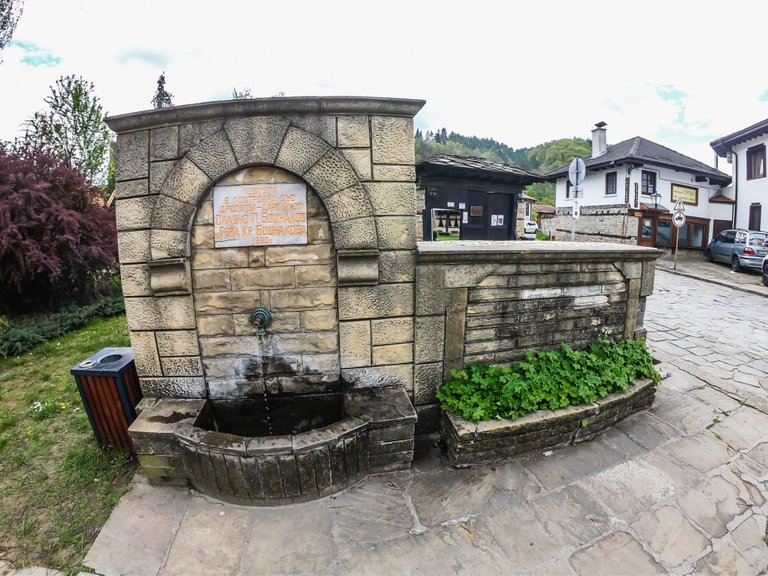
Particularly impressive was the sculpture of Slaveykov located in front of the museum house.

And the "Love Fountain" carved from marble, famous for the legend of love.
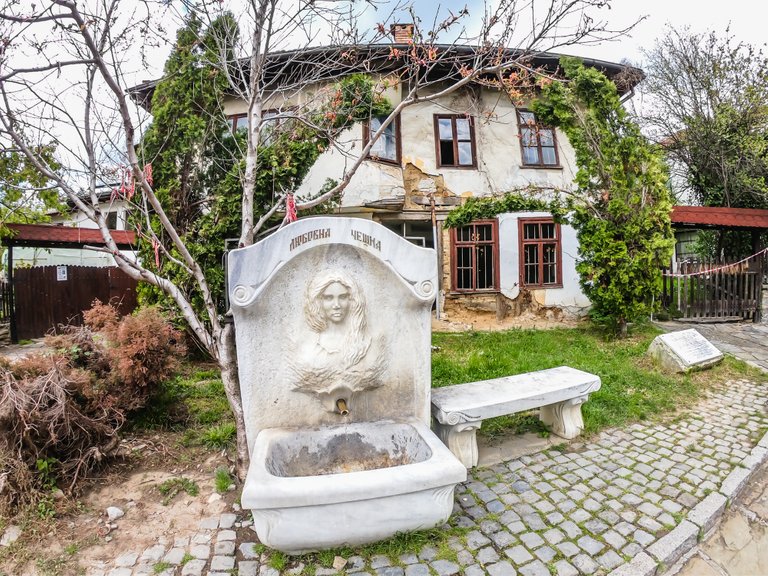
"The legend tells about the love between a young carver and the most beautiful girl from Trevna. The young carver was not recognized as a master by the local guild and did not have the courage to ask for her hand in marriage. Then he decided to show himself before God and carve marble, the most difficult material. He created a fountain by sculpting the image of his beloved, and the water was a symbol of their eternally fused souls. Now he could ask God's blessing and the hand of the girl. To this day, the water from this fountain flows with equal force throughout the year and has never dried up before."
sorse: opoznai.bg
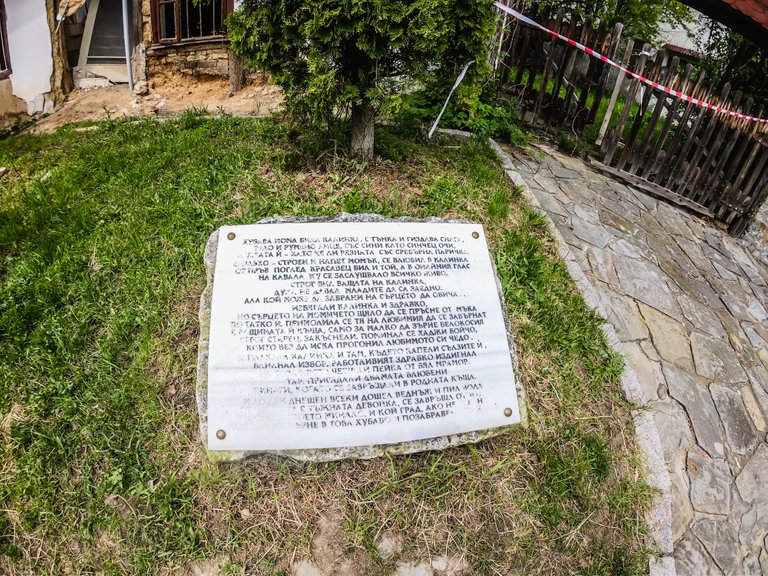
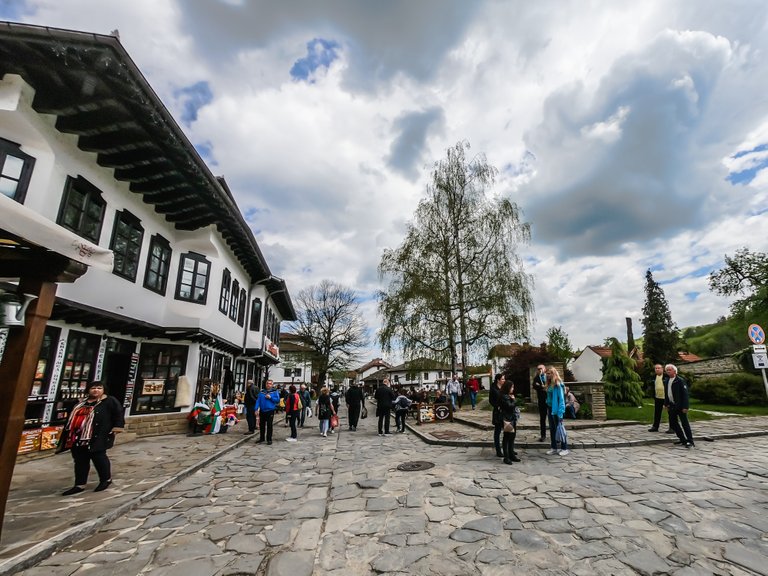
My friends and I liked establishment named "Revivalists" because of its authentic style. There we decided to stop for a break and try some of the refreshing drinks on offer.


The menu had a cheerful and humorous design. We tried their authentic lemonade, tea and coffee.
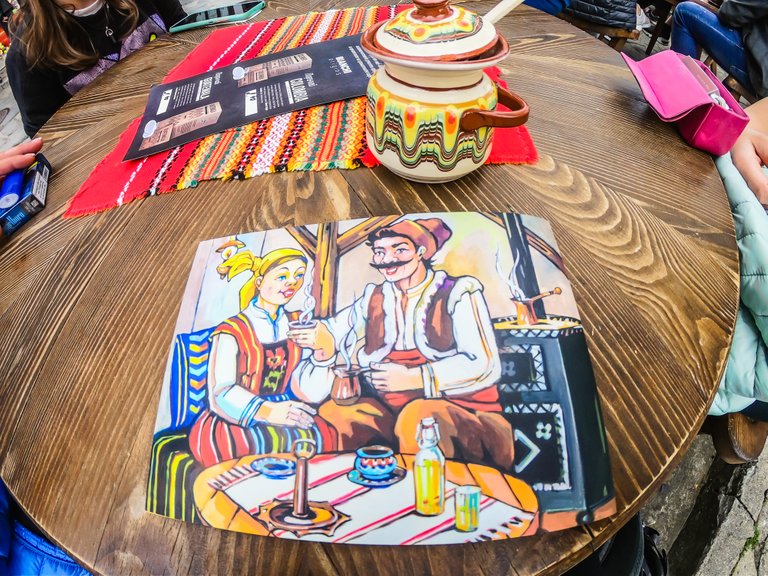
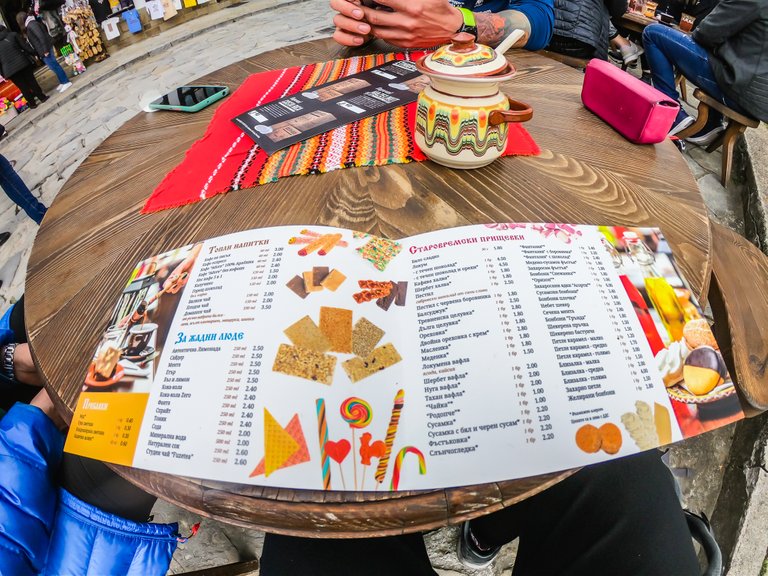
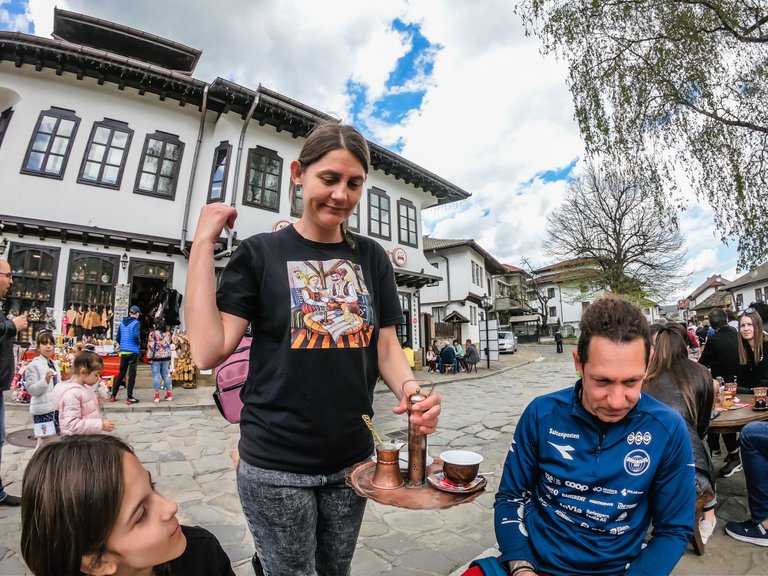
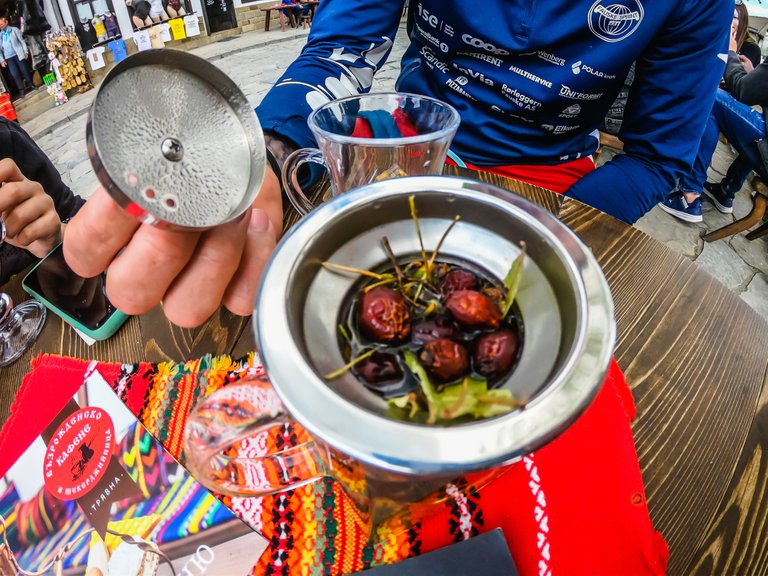
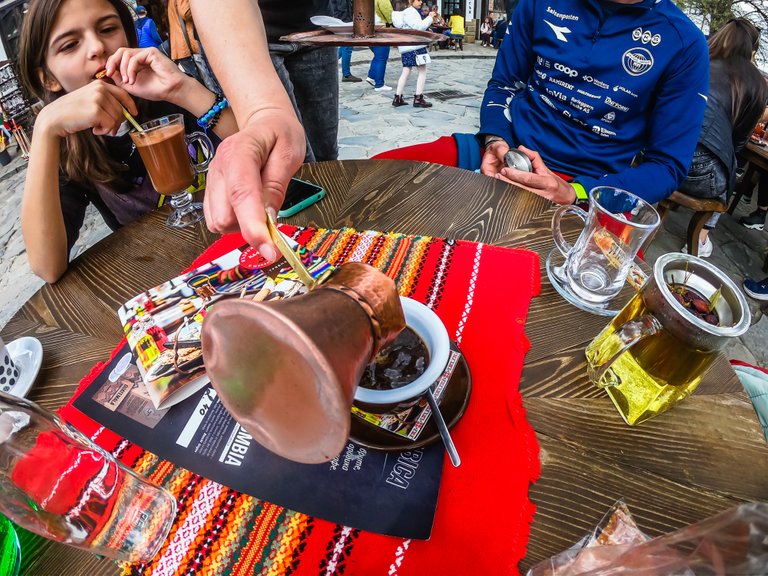
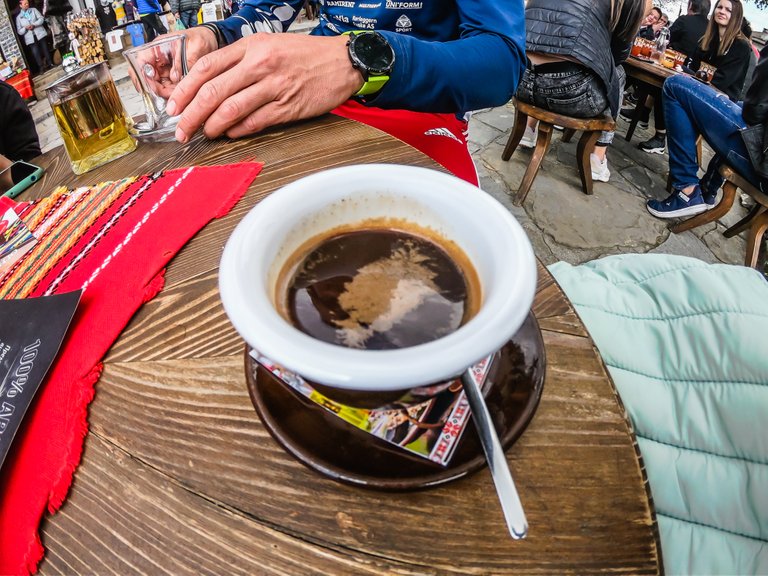
The taste of lemonade really took me back to my childhood years.
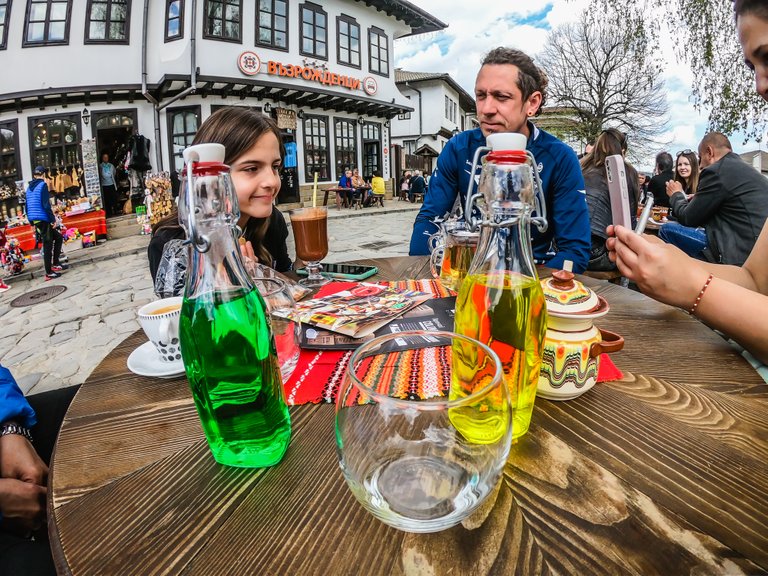
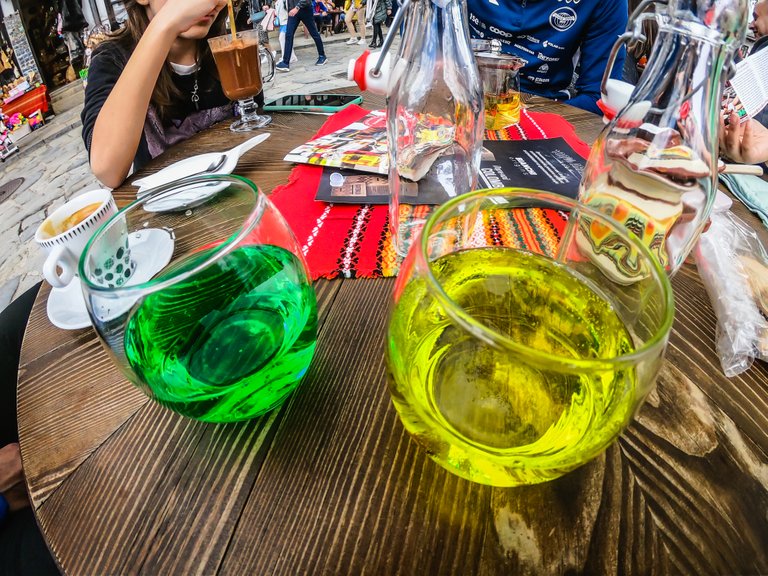
We continued our walk along the Street of Crafts, enjoying the skills of Trevna craftsmen.
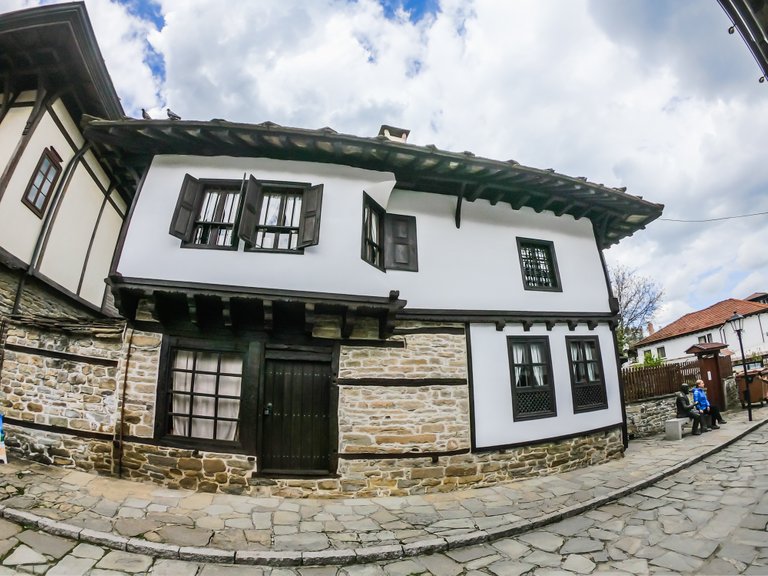
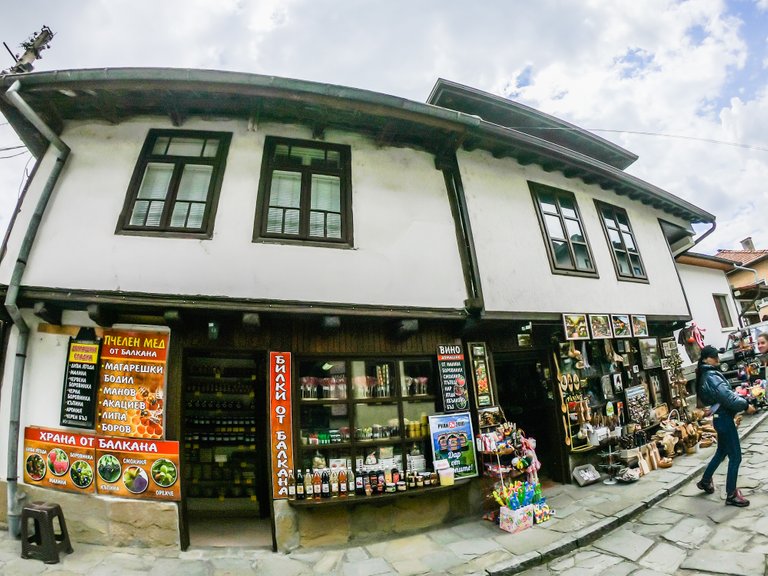
Here are the Bulgarian chans - instruments that produce different sounds depending on their size and type.
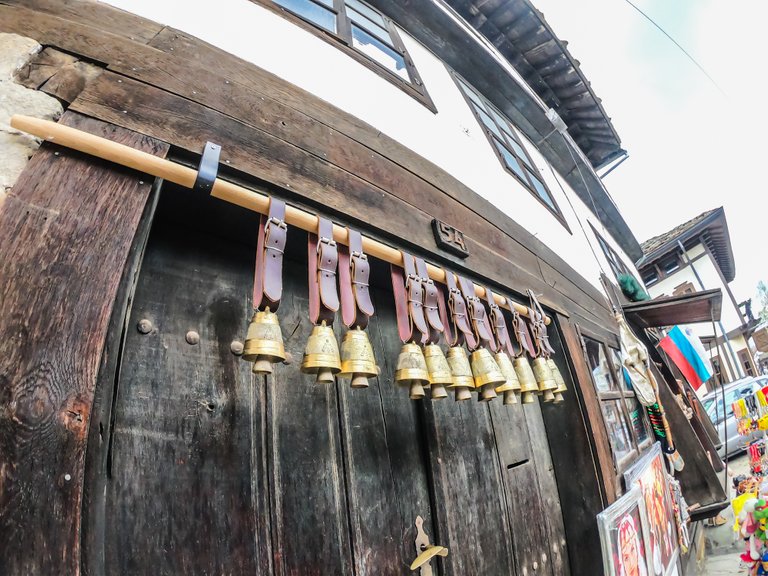
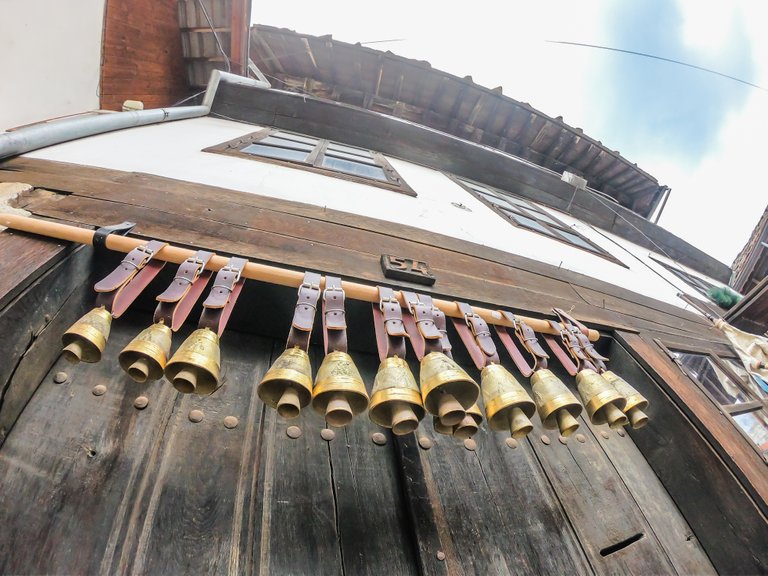
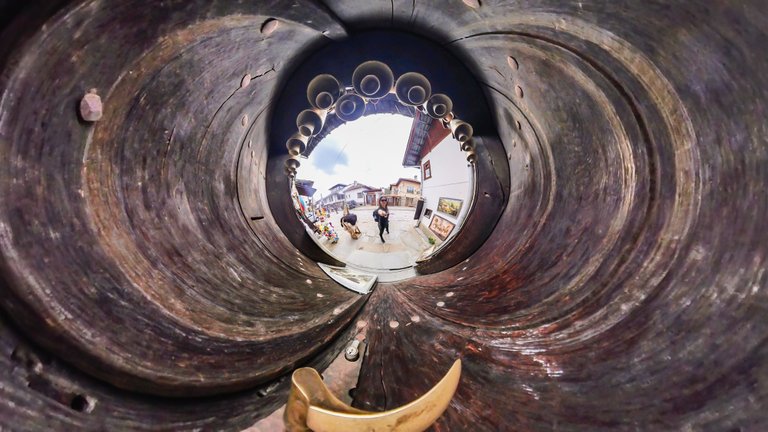
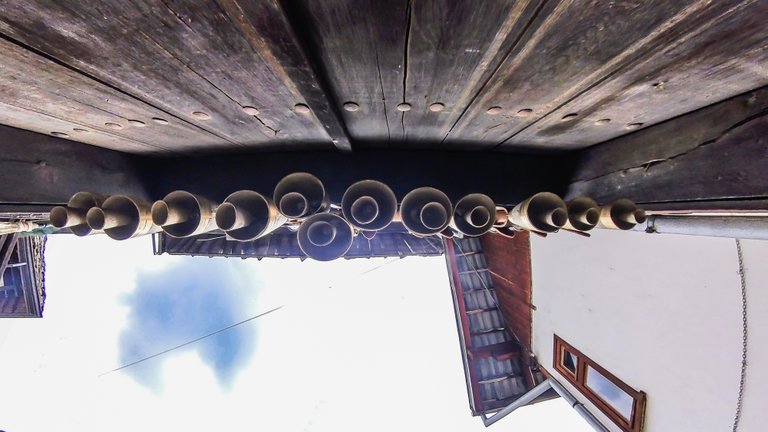
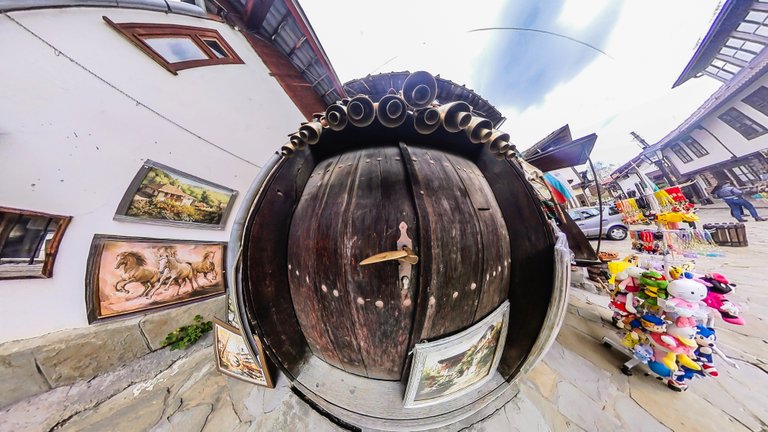
The chans are present in the Bulgarian beat and folklore and especially in the costumes of the kukers.
